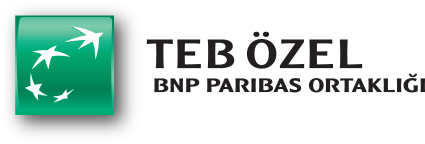 1 / 30
1 / 30

 1 / 30
1 / 30

Sarp Evliyagil is one of the most influential figures in Turkey’s contemporary art scene. The synergy generated by the non-profit art venues that he established in Istanbul and Ankara, his support for the emerging artists, his passion-driven collectorship and his concern for public interest are only some of his main contributions to the field. We had a fruitful conversation with Evliyagil about his collecting journey and exciting projects.
When and how did you develop an interest in art?
My interest in art developed at a young age in my home environment. My late father Necdet Evliyagil was one of the well-known poets of his time. During the 1950s and 60s, he and his close friend, late Behçet Kemal Çağlar, used to do poetry programs on Istanbul State Radio. As television entered our lives, he also began to do a program titled “Şiir Dünyası” (World of Poetry) during the 70s or TRT’s single-channel period, which lasted until 1992, the year he passed away. As he was a printing house owner and publisher at the same time, I grew up around writers, poets, painters, journalists and politicians. Ardent discussions on art and literature took place at home as well. Probably thanks to the impact of this atmosphere, art has always been at the center of my life.
The first work that I acquired was a small oil painting by Nuri Abaç with whom I became acquainted thanks to the exhibition catalogues printed by Ajans Türk, our family business.
How did you embark on your collecting journey?
The first work that I acquired was a small oil painting by Nuri Abaç with whom I became acquainted thanks to the exhibition catalogues printed by Ajans Türk, our family business. I was around 23 years old back then. I began to acquire more works around the age of 28-29 when I met Galeri Nev and developed a friendship with them.
How would you define your collection’s scope? Have your techniques and themes of preference changed over time?
My collection focuses on the Turkish Modern and Contemporary Art of the 1950s and beyond. My initial focus was Contemporary Art, but it later shifted towards the Modern Art of the 1950s, 60s and 70s.
And how about your acquisition criteria?
I try to maintain the scope described above as much as I can. I do my best to avoid the pre-1950s and the international artists’ works.
Do you think your family business in printing had an influence on your collecting journey?
Printing and publishing have had an undeniable influence on it. The first galleries and artists that I met entered my life thanks to them. Then they continued to function as the bridge between me and the new galleries and artists; they helped me establish some long-term relationships with the latter.
Considering that, do you find works on paper or artist books particularly interesting?
I used to focus on works on paper for a while, especially the Litho prints for their technique was interesting to me.
How did you decide to establish the museum in Ankara and the gallery in Istanbul?
The idea to establish a museum popped into my mind once the number of the artworks surpassed 150-200, and I realized that I had not seen some of them for years. My situation was becoming a small-scale version of the one that I already criticized in many large institutions: Buy it, have it registered, have it packed and store it. As time went by, I realized that this cycle did not make sense and the artworks waiting in storage somehow had to be shared with the public. I developed this awareness around 2008-2009, and I spent the subsequent 3-4 years thinking about and planning where, how and under what conditions I could make it happen. Although the construction of the museum building took off in 2014 and was already complete in 2015, we were unable to do the opening due to family reasons and we had to postpone it for a year. This is why the museum became active in 2016. And while initiating the process in Ankara, I had also planned a relatively smaller project space in Istanbul to generate some synergy with it. Thus, our venue in Dolapdere was complete in late 2018 and opened in January 2019.
In what ways are the two venues similar to each other and different from each other?
In terms of similarity, they are both non-profit. In terms of difference, the artists are able to do direct sales at the gallery in Istanbul but not at the museum.
How did the art circles in Ankara receive the Evliyagil Museum’s opening?
There is a very big void in Ankara, particularly in the Contemporary Art field. Since the day it opened, Evliyagil Museum has been an important initiative that at least partially responded to the need that the citizens of Ankara had in this department. We try to fulfill our responsibility by reflecting the energy we have caught from Istanbul via Evliyagil Dolapdere back to Ankara.
Let us also talk about the museum’s and the gallery’s ongoing programs.
Each season we have a main, long-term exhibition at the museum in Ankara. We also have this space we call “ArtOda” (ArtRoom) where we organize exhibitions and projects with a shorter duration. We have recently inaugurated the museum’s new exhibition “Haunted by Faces”. Here, we show works by 38 artists from the collection reflecting the modern and contemporary approaches to the art of portraiture. At ArtOda, on the other hand, we have the Alfa exhibition that we will inaugurate in September. The Alfa exhibitions’ content is determined via an open call addressing the emerging artists based in Ankara. The 4th edition’s jury features Necmi Sönmez, Esra Aliçavuşoğlu, Azra Tüzünoğlu, Burçak Bingöl and Ömer Özyürek. They have selected Özge Yalacak as this year’s Alfa artist and we will be organizing her first solo exhibition. Finally, Volkan Diyaroğlu’s “Theory of Almost Everything” will be on view at Evliyagil Dolapdere until July the 18th as this season’s final exhibition.
My situation was becoming a small-scale version of the one that I already criticized in many large institutions: Buy it, have it registered, have it packed and store it. As time went by, I realized that this cycle did not make sense and the artworks waiting in storage somehow had to be shared with the public.
How can collaboration with the state or public institutions in general become feasible for sharing private collections with a larger audience? Do you have any initiatives regarding this issue?
The first step and the top priority here is to open the private collections to public access. And you do not need to establish a gigantic museum to be able to do so; alternative methods are available. In fact, these methods actually reveal the private collections’ potential for state collaboration. For instance, we find a common ground and collaborate with the Istanbul Metropolitan Municipality. We have not had a similar opportunity in Ankara just yet; but we intend to explore the possibilities in the days to come.
Do you have plans to organize any touring exhibitions to take the collection outside of Istanbul and Ankara or abroad?
The idea of an exhibition going abroad with a selection from several collections instead of just my collection is very exciting to me. Together with our team, we currently think about and work on how this can be achieved and what can be done.
Which international art institutions, fairs and publications do you follow on a regular basis?
I follow the internationally acclaimed art fairs like Contemporary Istanbul, Art Basel and Frieze. As for publications, I can mention Art Forum and Art Unlimited. In addition to these, I follow a variety of national and international online publications and art platforms.
One of the most exciting aspects of collecting is the possibility of communication and collaboration with the other fellow collectors. Do you have any exemplary projects you would like to share with us in this regard?
In Evliyagil Museum’s past seasons, we hosted an extensive selection from the beloved Agâh Uğur’s collection, curated by the precious Beral Madra. In fact, the museum’s main exhibitions always feature some works borrowed from other collections. For instance, one of our exhibitions featured İlhan Koman’s Walking Man, a very important work of his borrowed from Öner Kocabeyoğlu. We also temporarily borrowed Kuzgun Acar’s sculptures and drawings from a variety of collections. Similarly, in our previous exhibition “Crystal Chateau”, we hosted a very important work by Hermann Nitsch from Rabia and Ali Güreli’s collection.
The idea of an exhibition going abroad with a selection from several collections instead of just my collection is very exciting to me.
In addition to art, you are also interested in cars…
I have been a car enthusiast since I was little. I have 14 vehicles that I have collected in nearly twenty years. It is a small collection mostly consisting of the 1970s’ and 80s’ German sports cars, the oldest of which is from 1963. They are all in good condition and suitable for daily use. I keep them at the garage of my houses in Istanbul and Ankara and my office, and I use them. Once their number increases a bit more, I want to bring them under one single roof in Istanbul and to preserve them well.
Are there any other areas in which you already are or intend to become a collector?
Founded in 1951, Ajans Türk is Turkey’s printing house for valuable papers with the most deeply rooted past. It still undertakes printing projects involving documents such as postage stamps, stock certificates and bonds that stand for money and require high security. As part of my job, I have a stamp collection from the old times; but my interest in it has decreased a lot in the last 25 years. I only collect the stamps that we print. I also have a collection of 50-60 1/18 model cars from my childhood. Again, I preserve it without expanding it. I still keep the Vanity Fair magazines I used to collect for some time. And I have my collection of prayer beads that I keep at my office and at my home library.
For this question, flying is allowed. How about your biggest dream regarding your collection?
Let me answer your question without flying, with both my feet on the ground. I bought 4 buildings right next to ARTER on Dolapdere Avenue. They are 4-5 storey buildings interconnected from the inside. Due to the pandemic, I still have not had the opportunity to start the project that has been on my mind. God willing, this is where I want to turn the multi-functional project space in my imagination into reality.
And your advice for the emerging collectors?
I suggest they structure a collection with coherence and continuity, supporting the young artists and offering them the visibility that they deserve. If they have the means, I also advise them to institutionalize and make their collections accessible to the public. At the end of the day, the pleasure of sharing is well beyond the pleasure of owning.
This interview is conducted by İpek Yeğinsü on behalf of Art50.net for TEB Private.



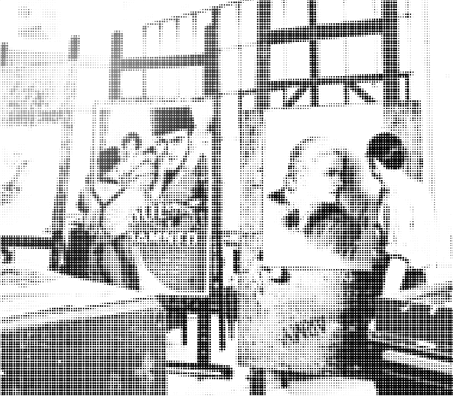



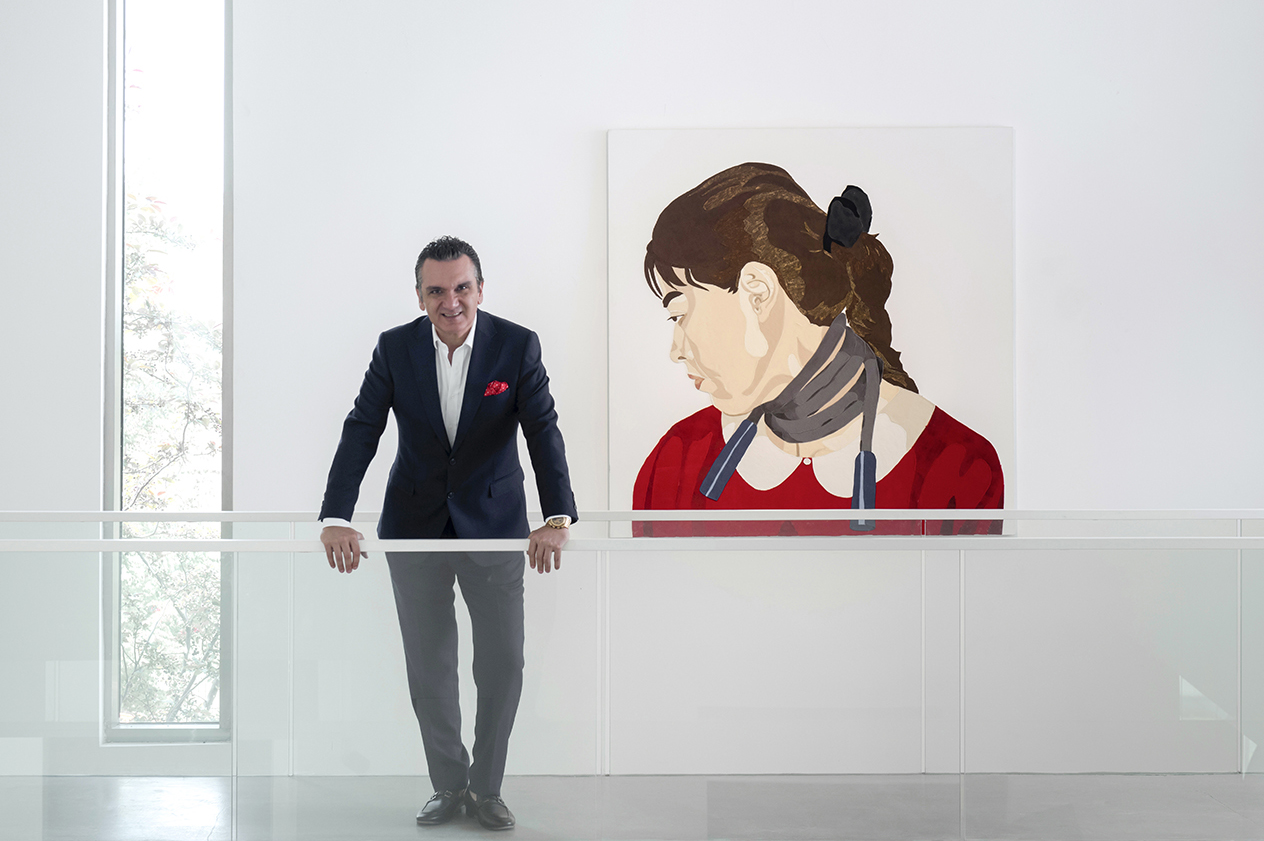
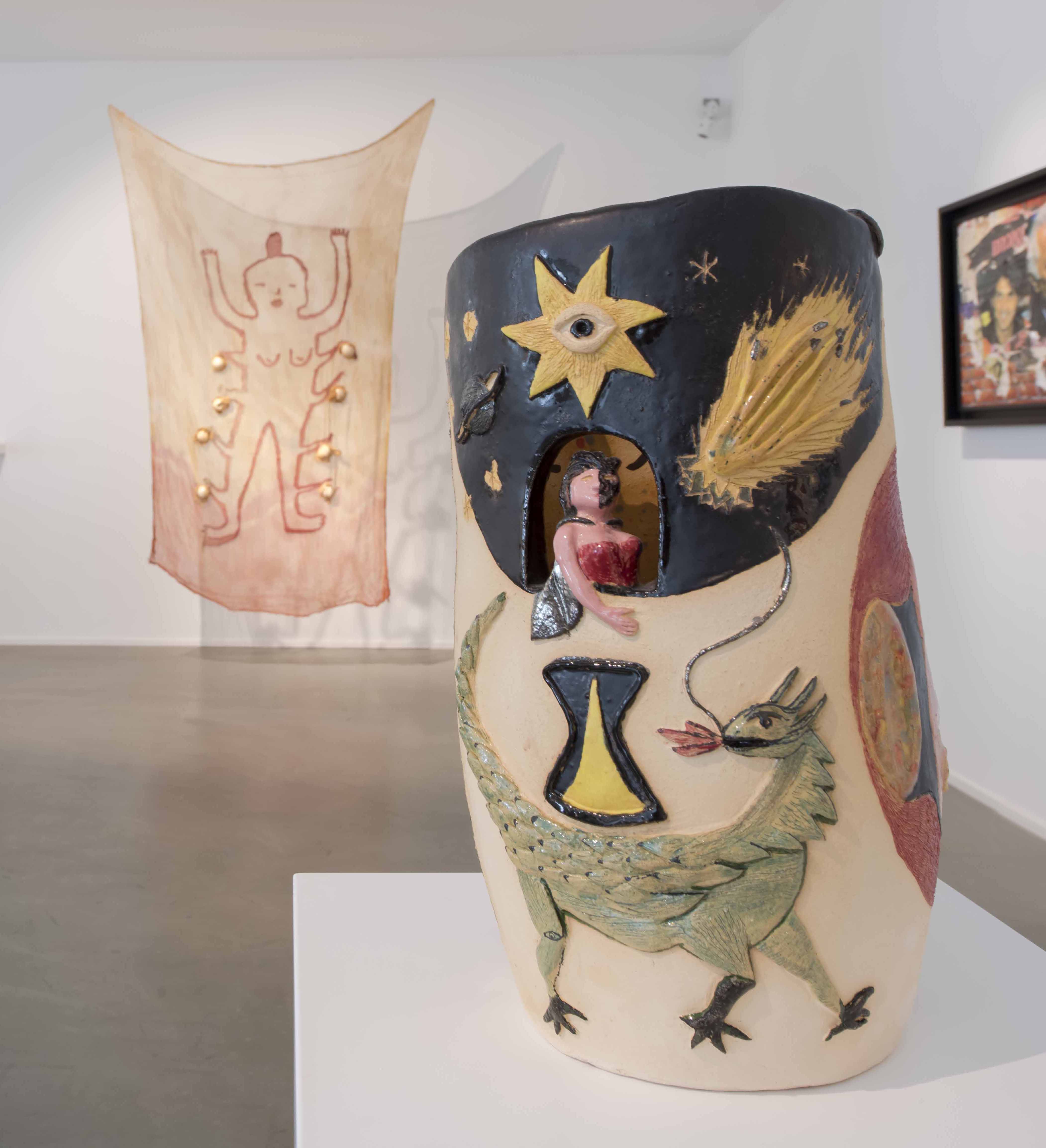
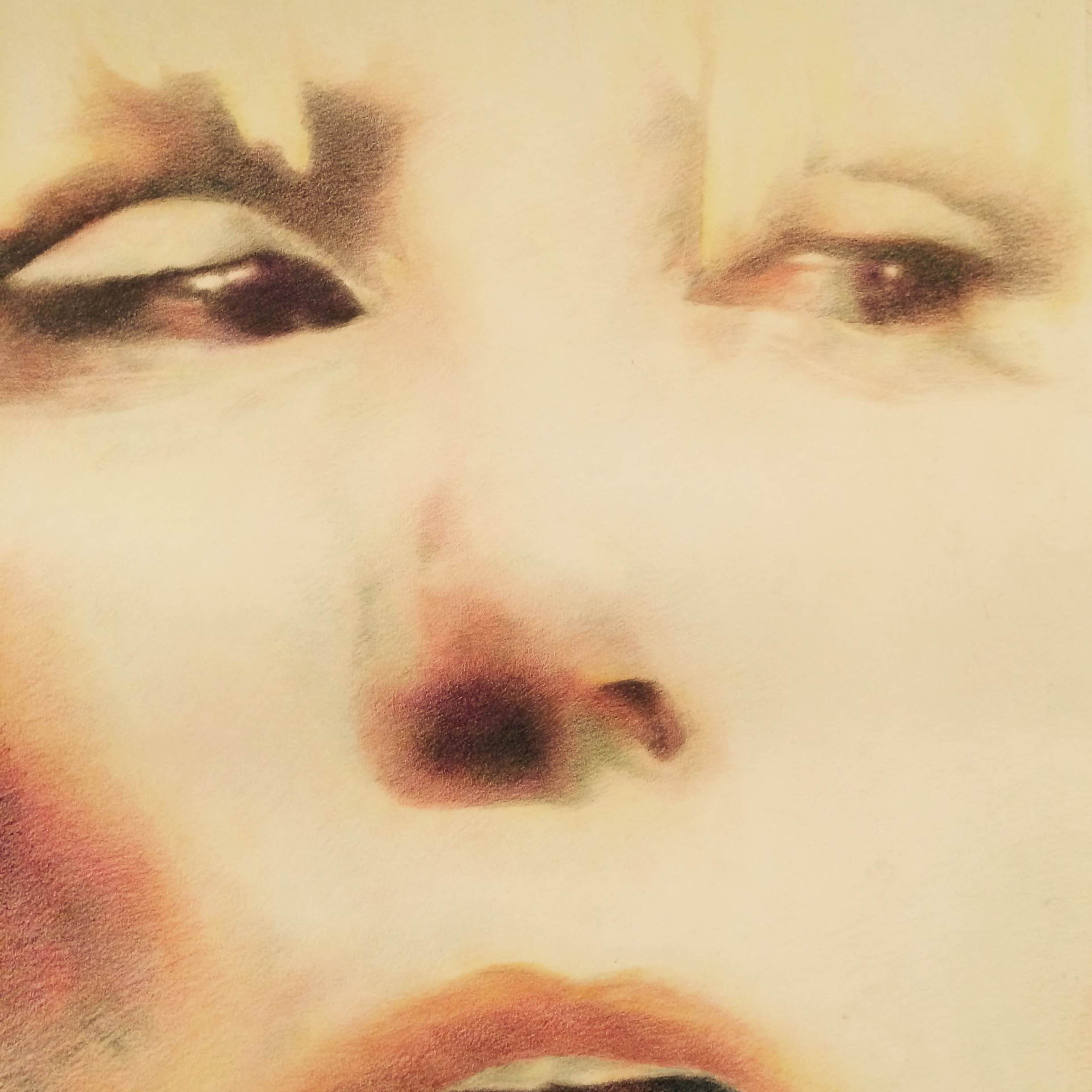

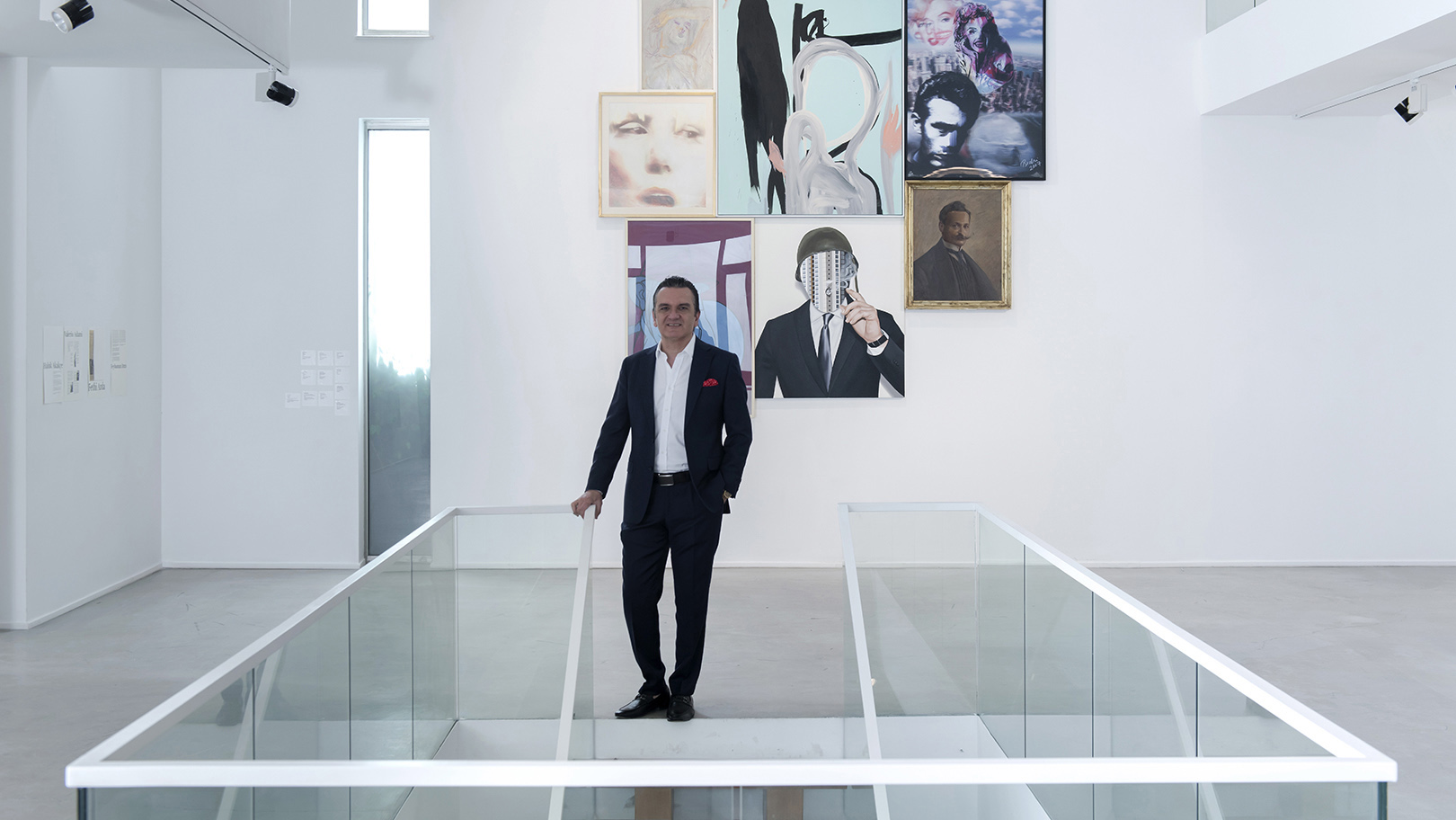
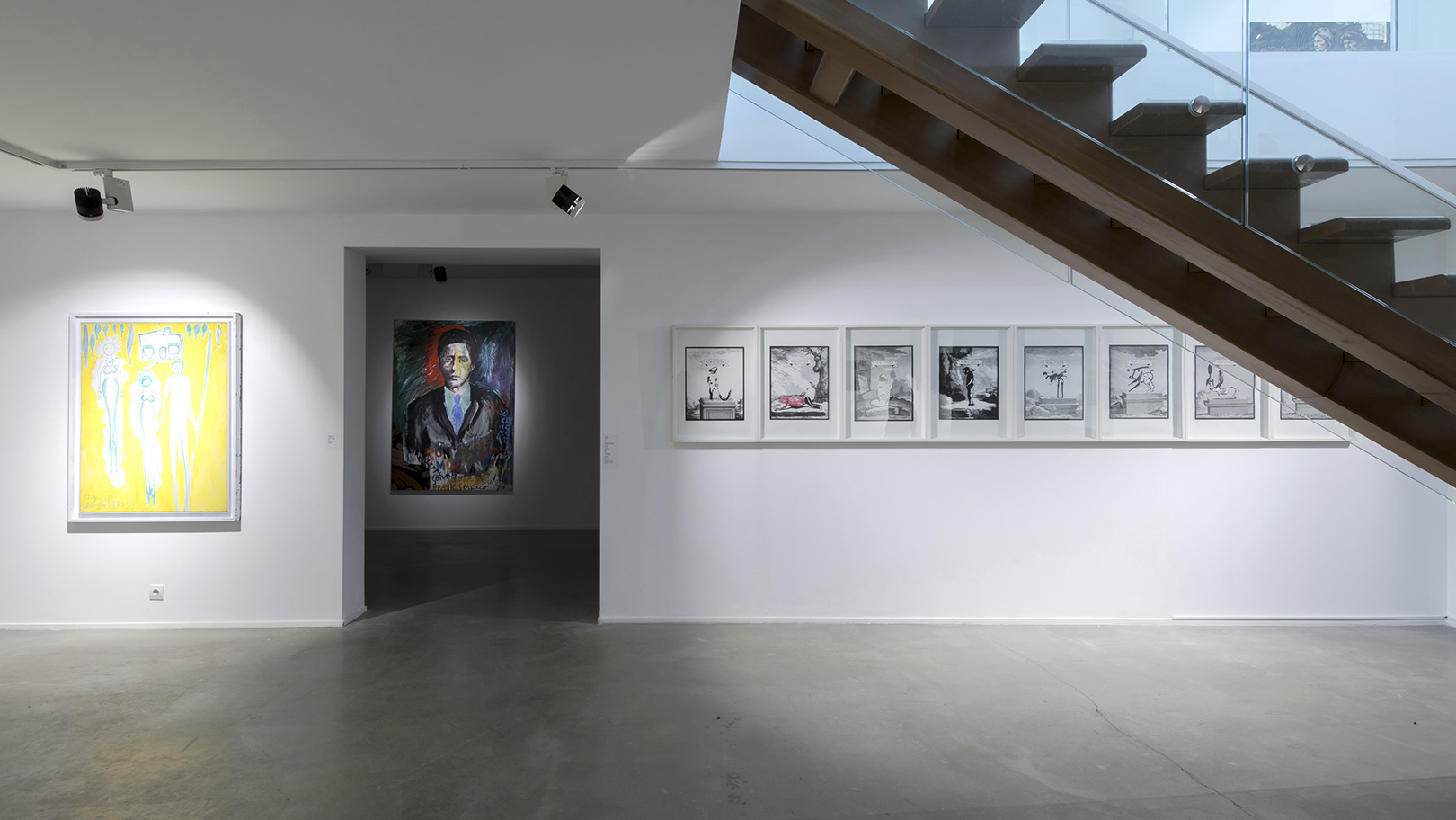
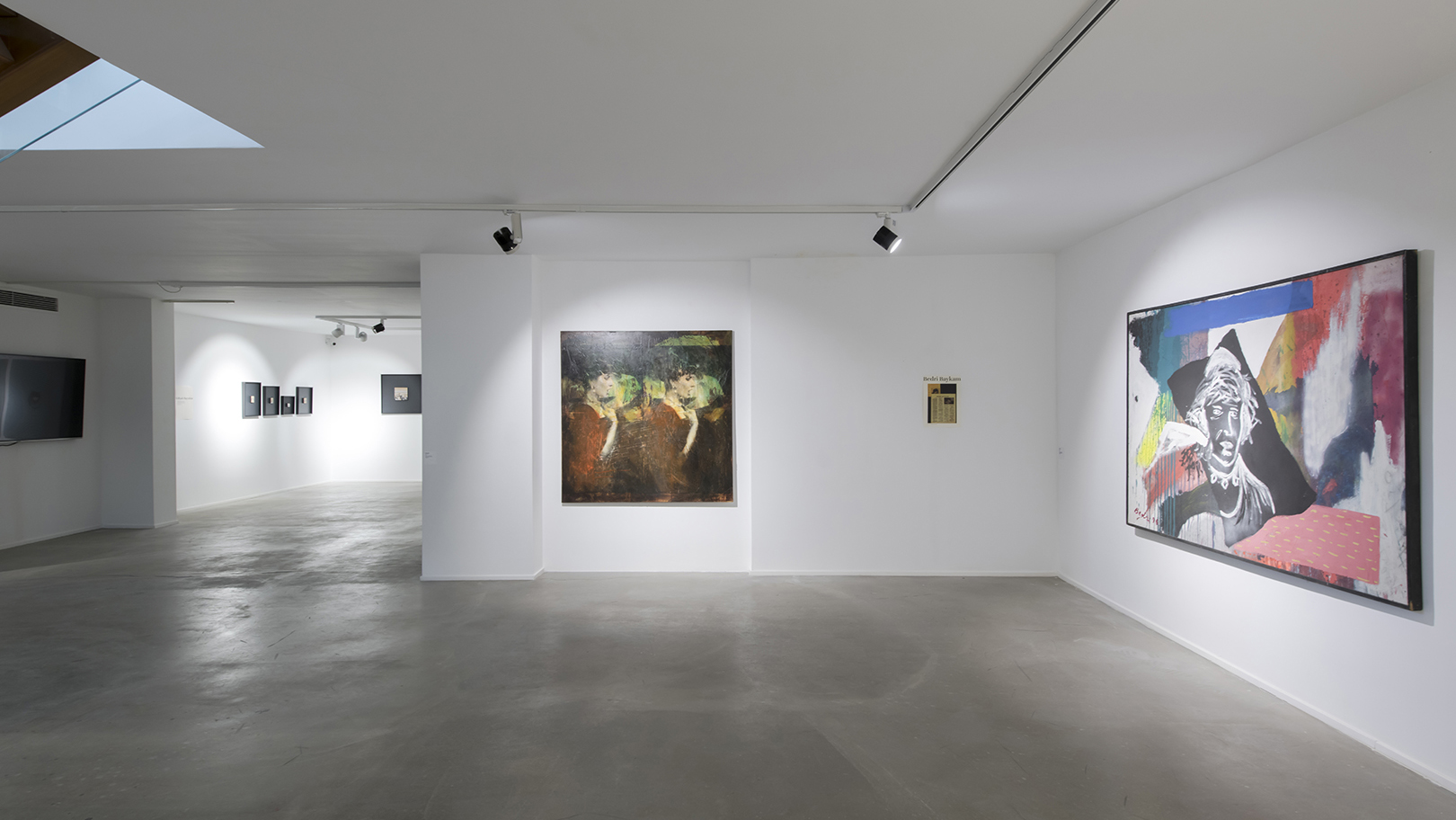
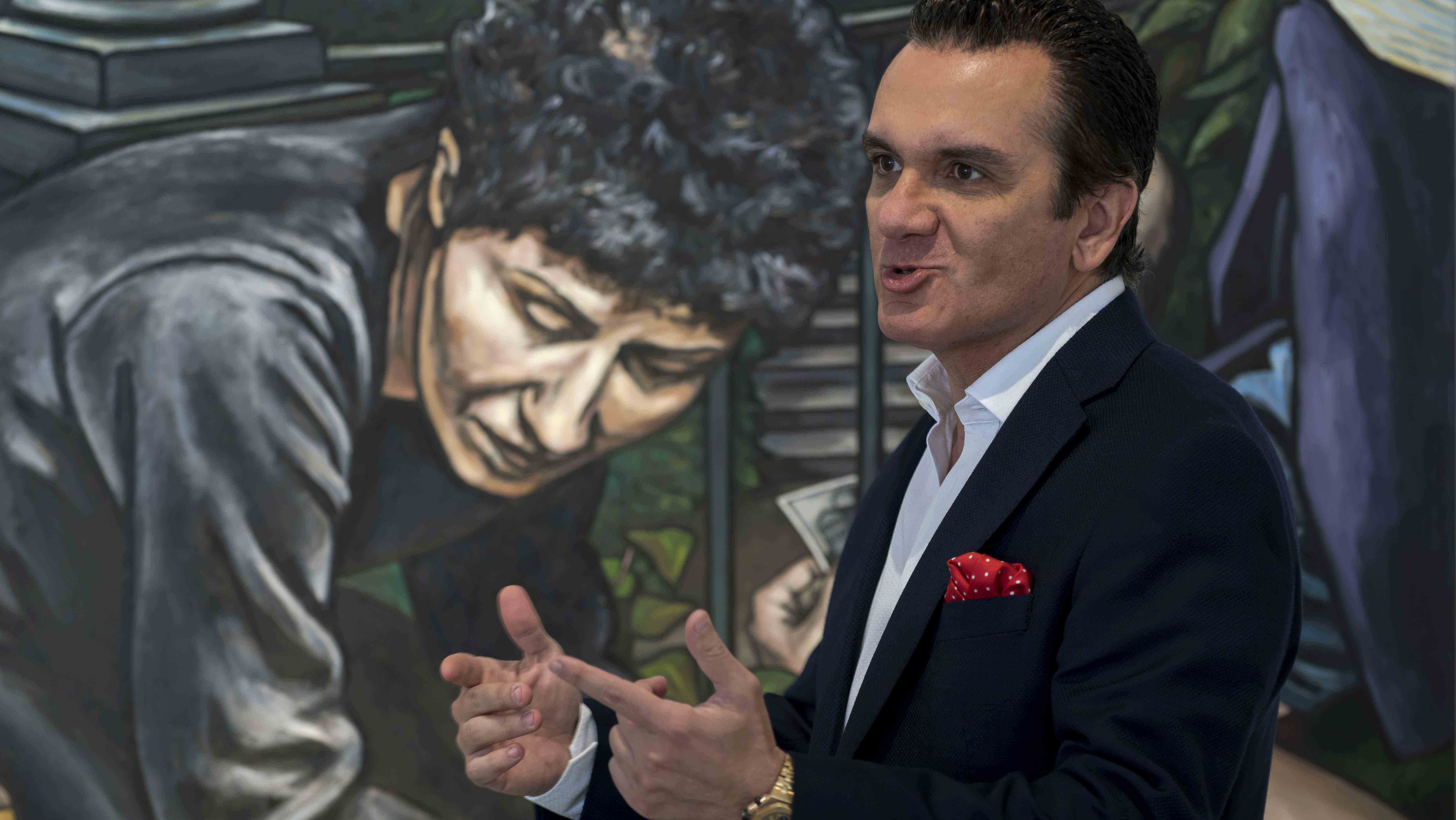
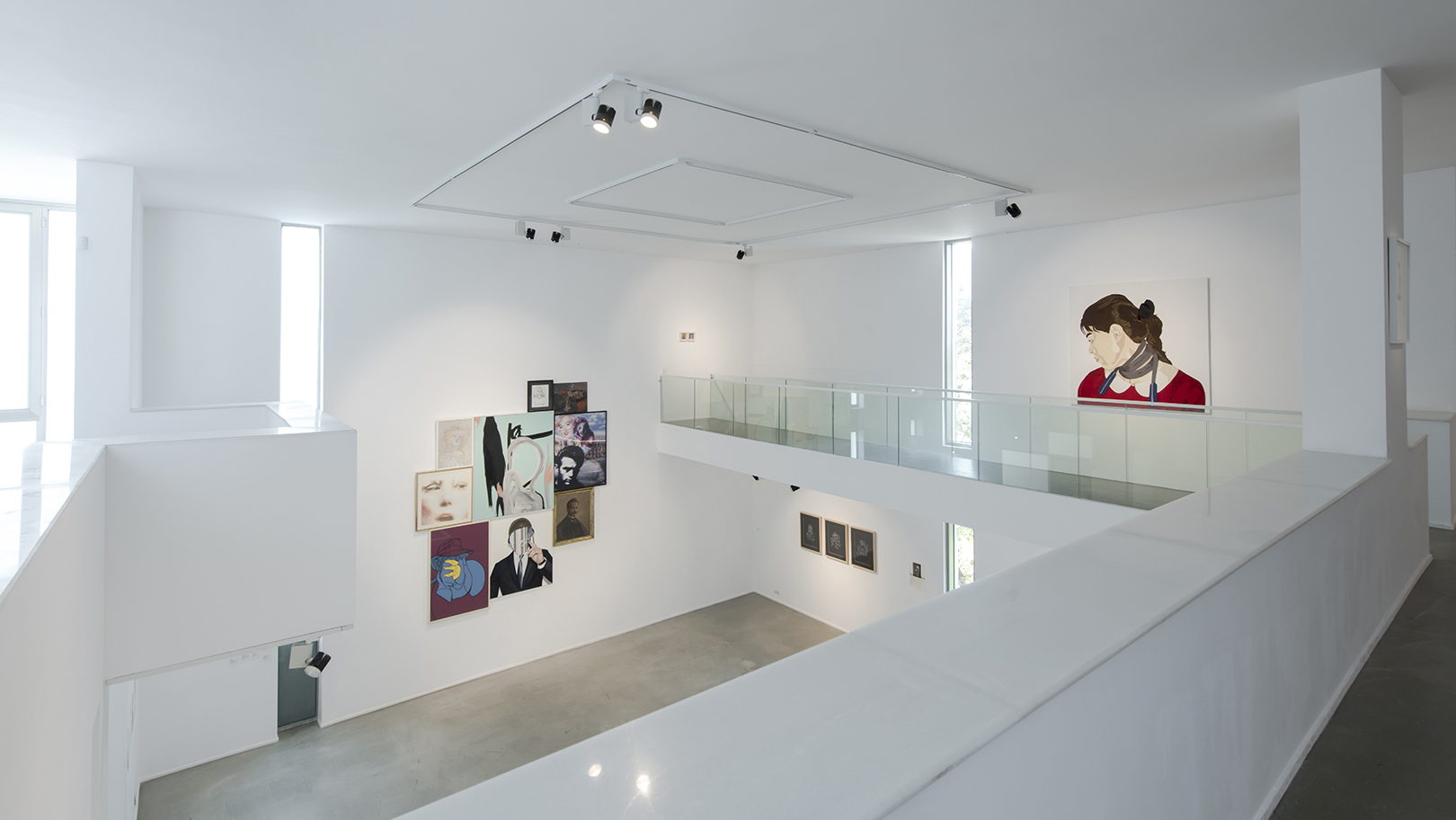
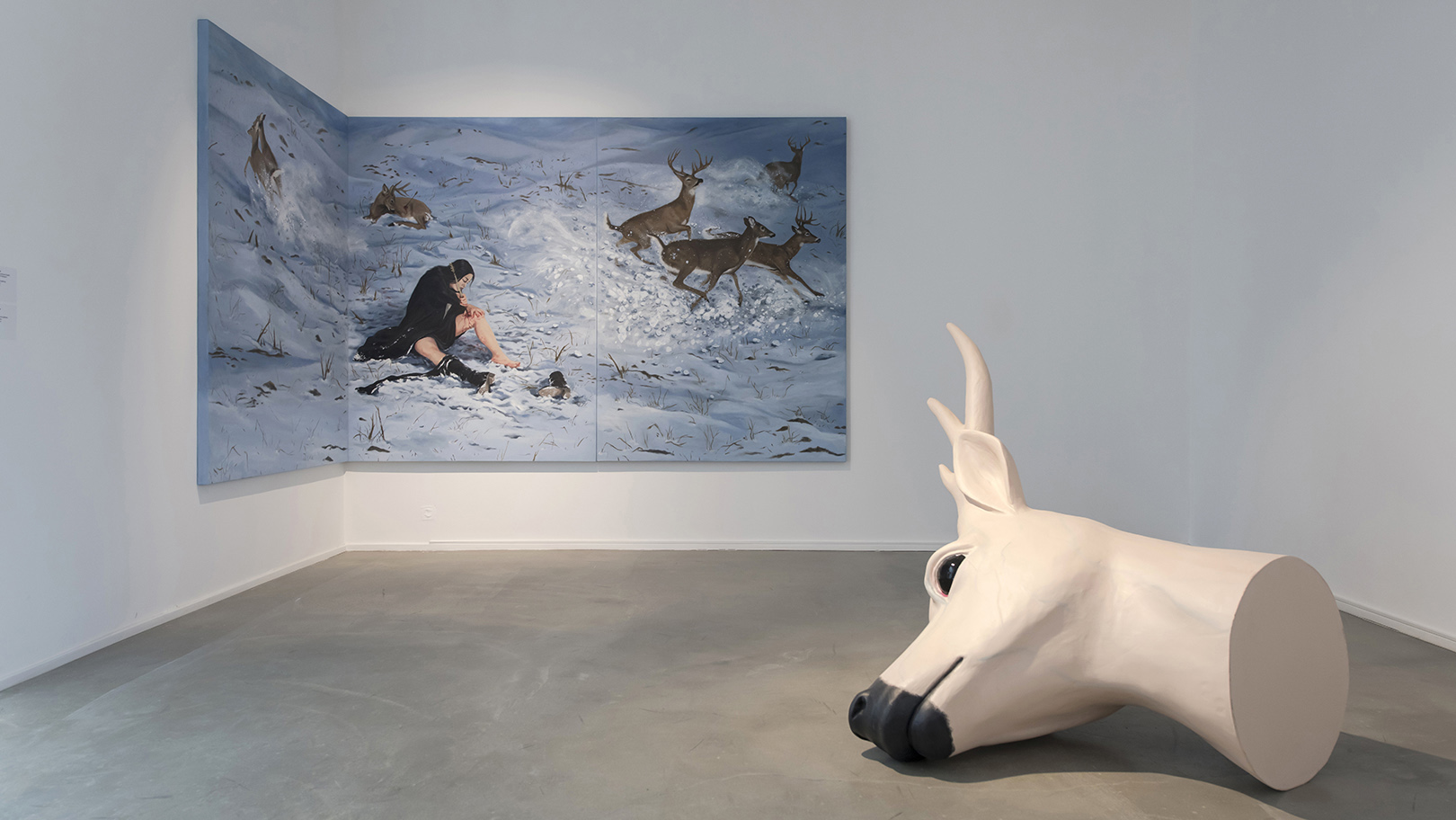
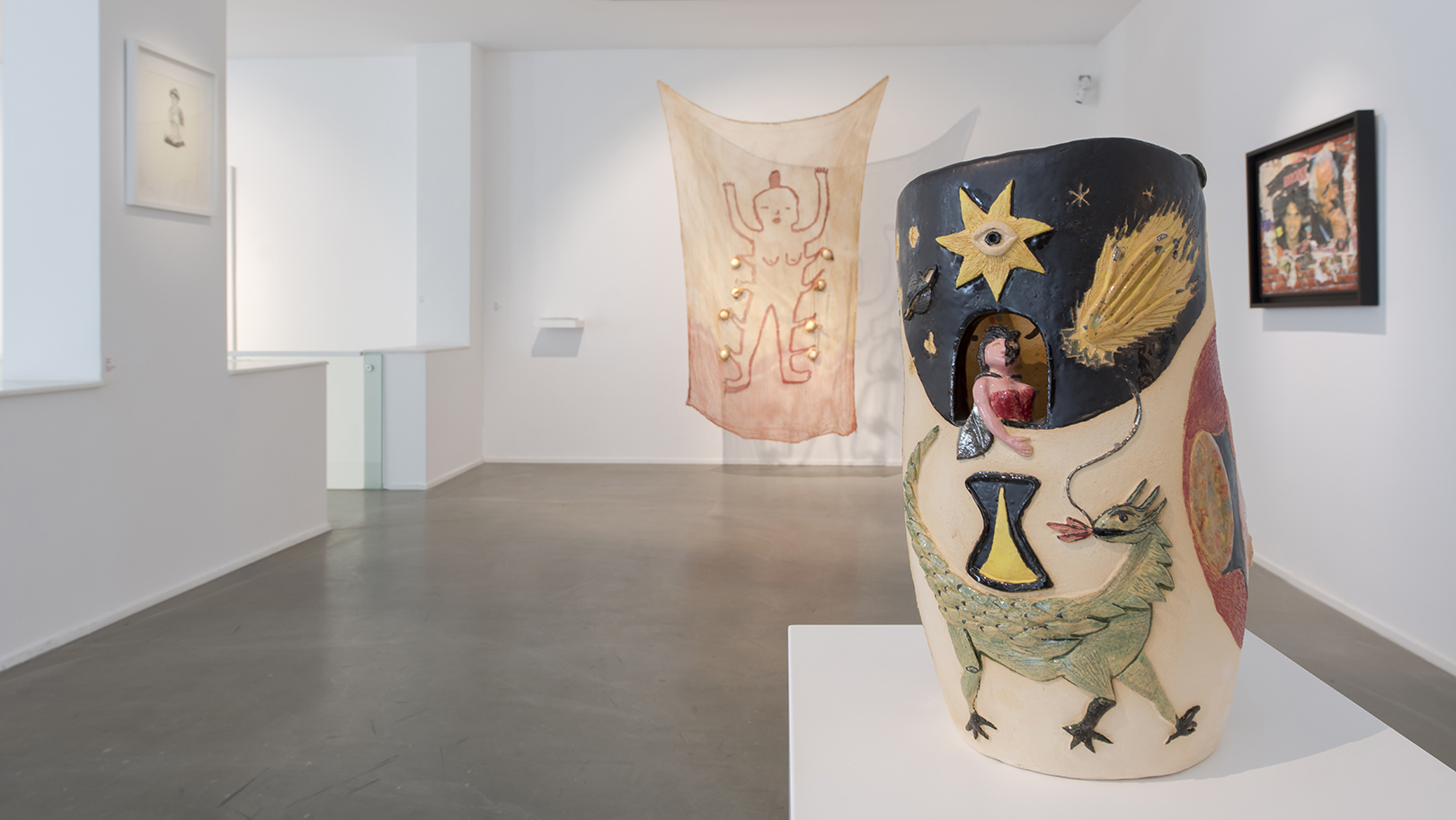
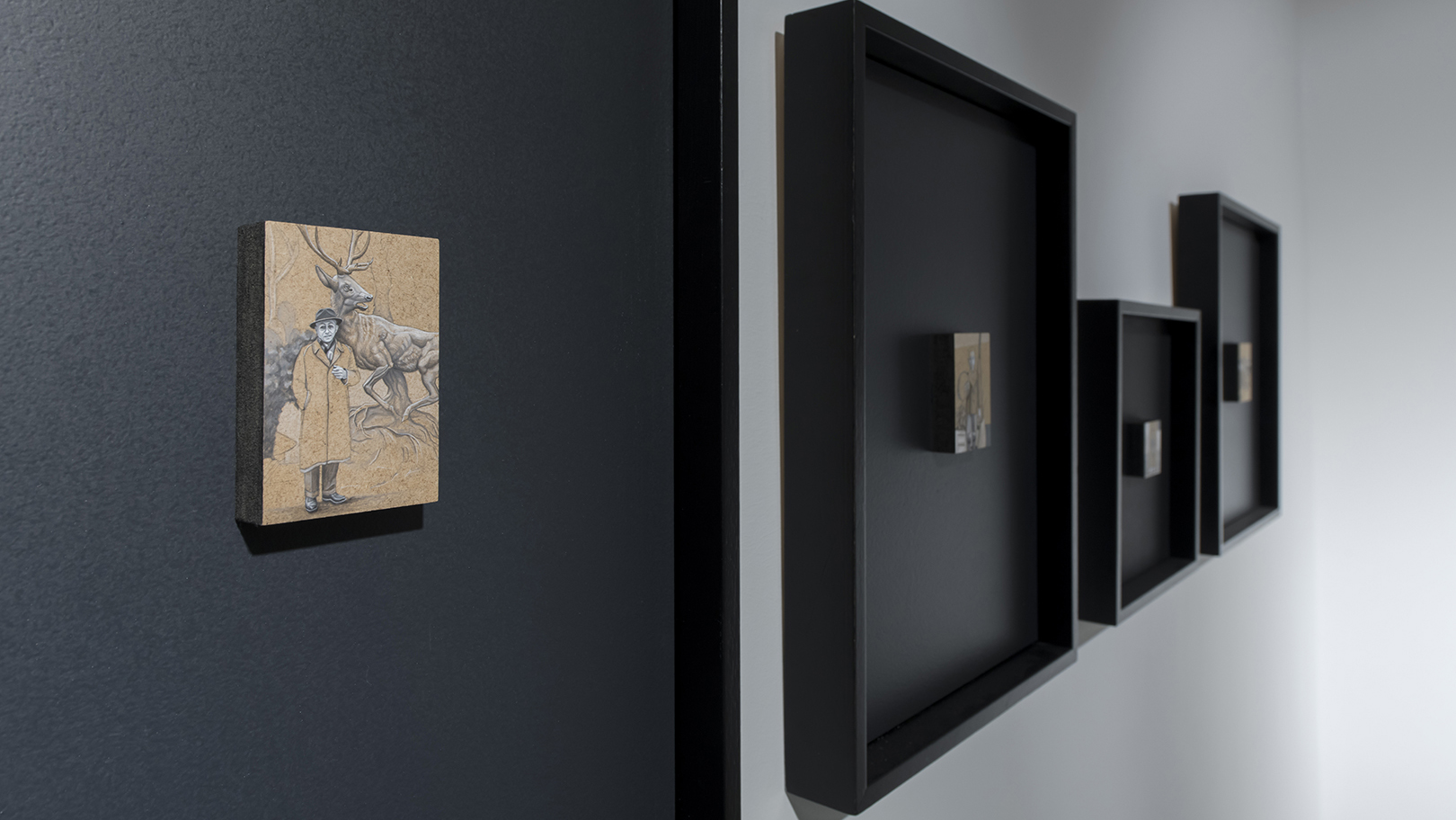
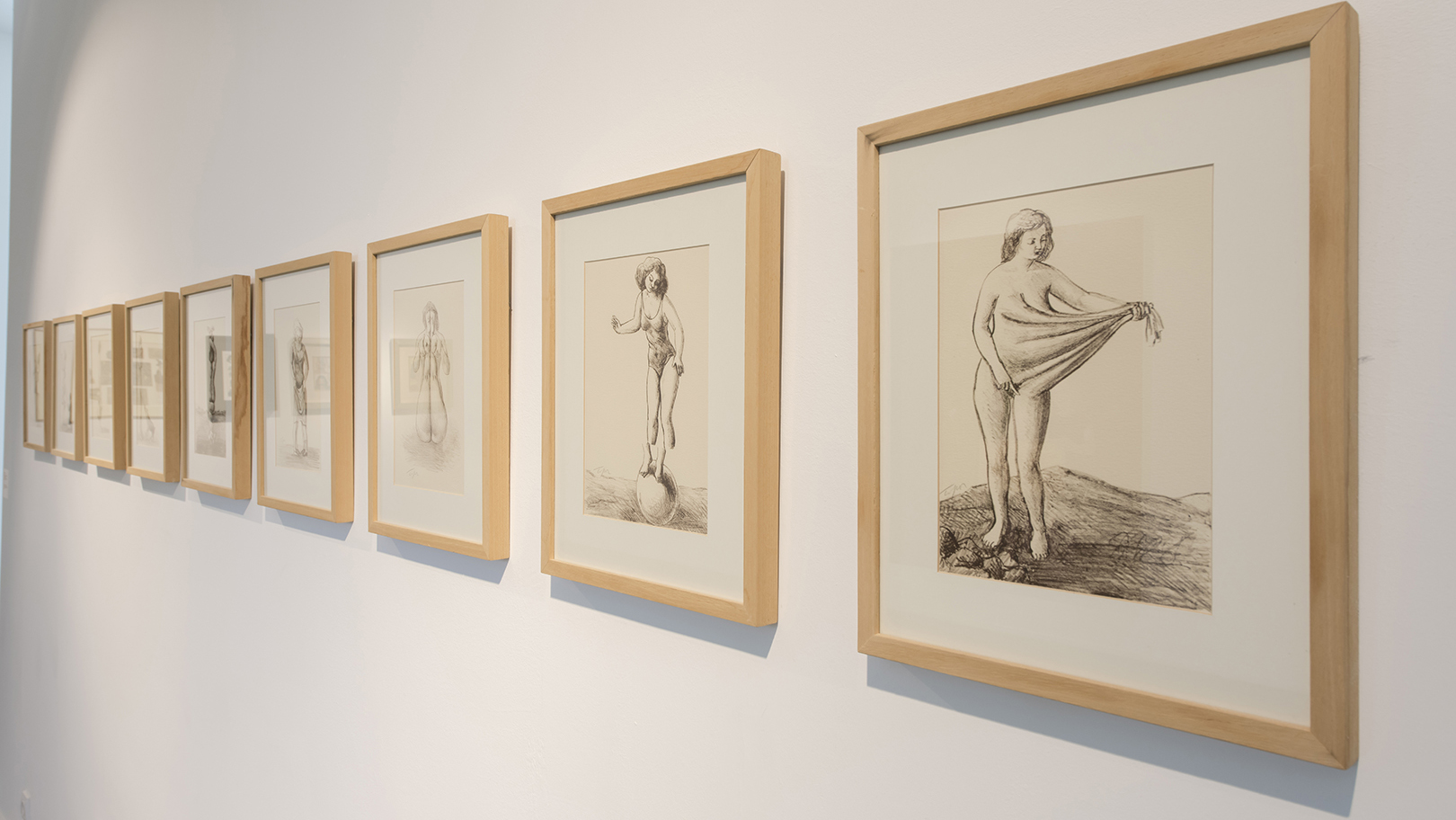
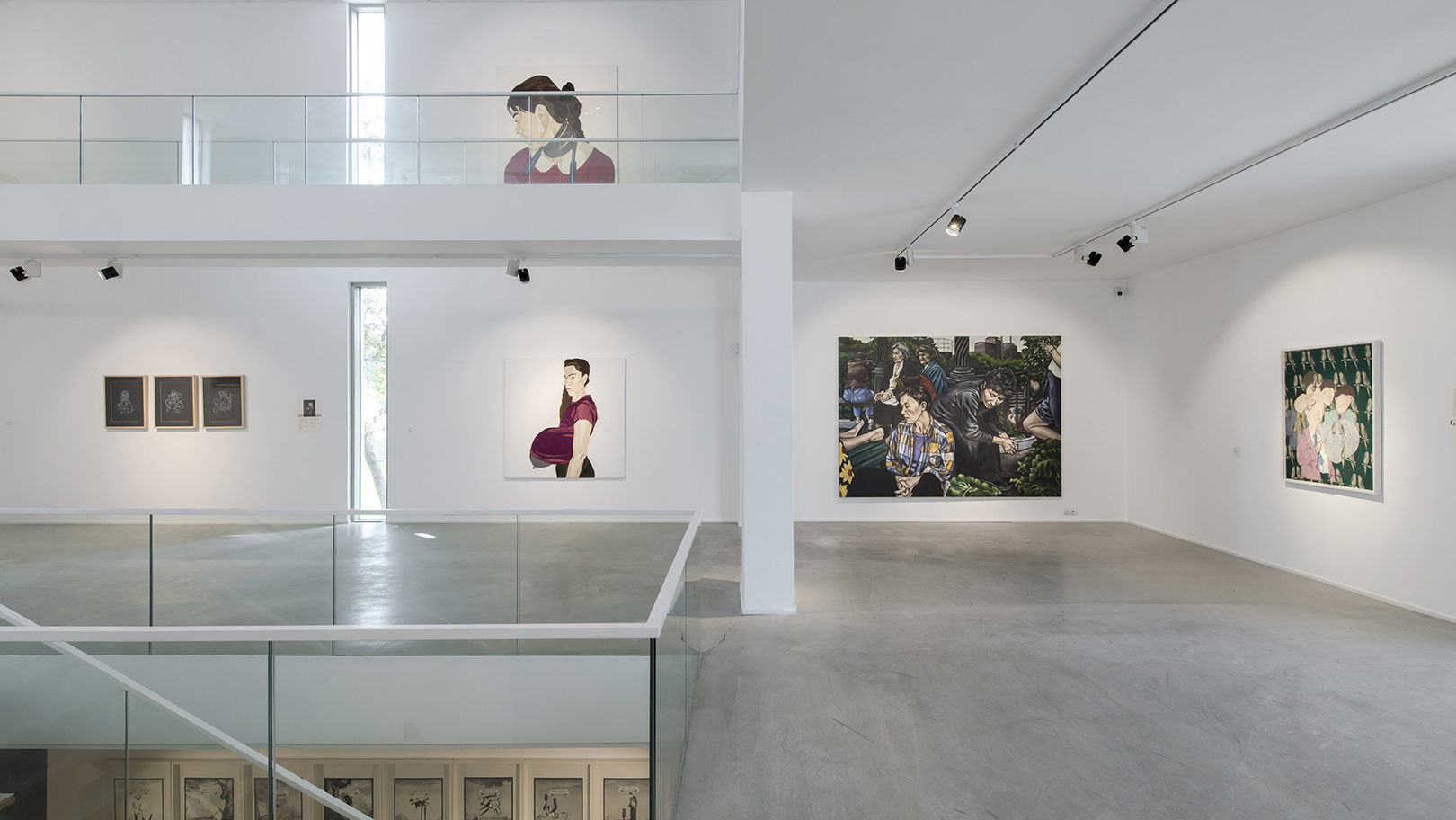
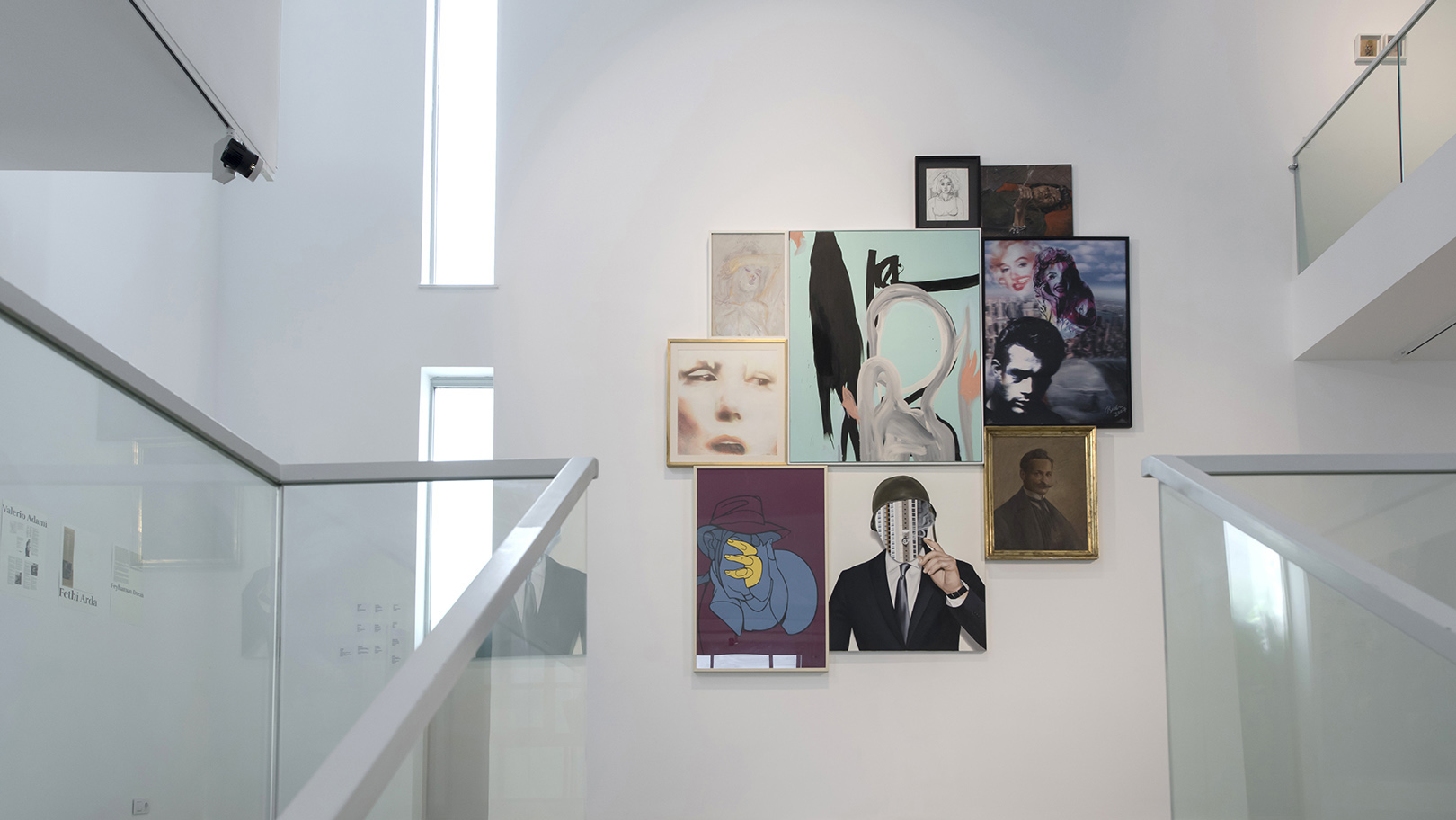
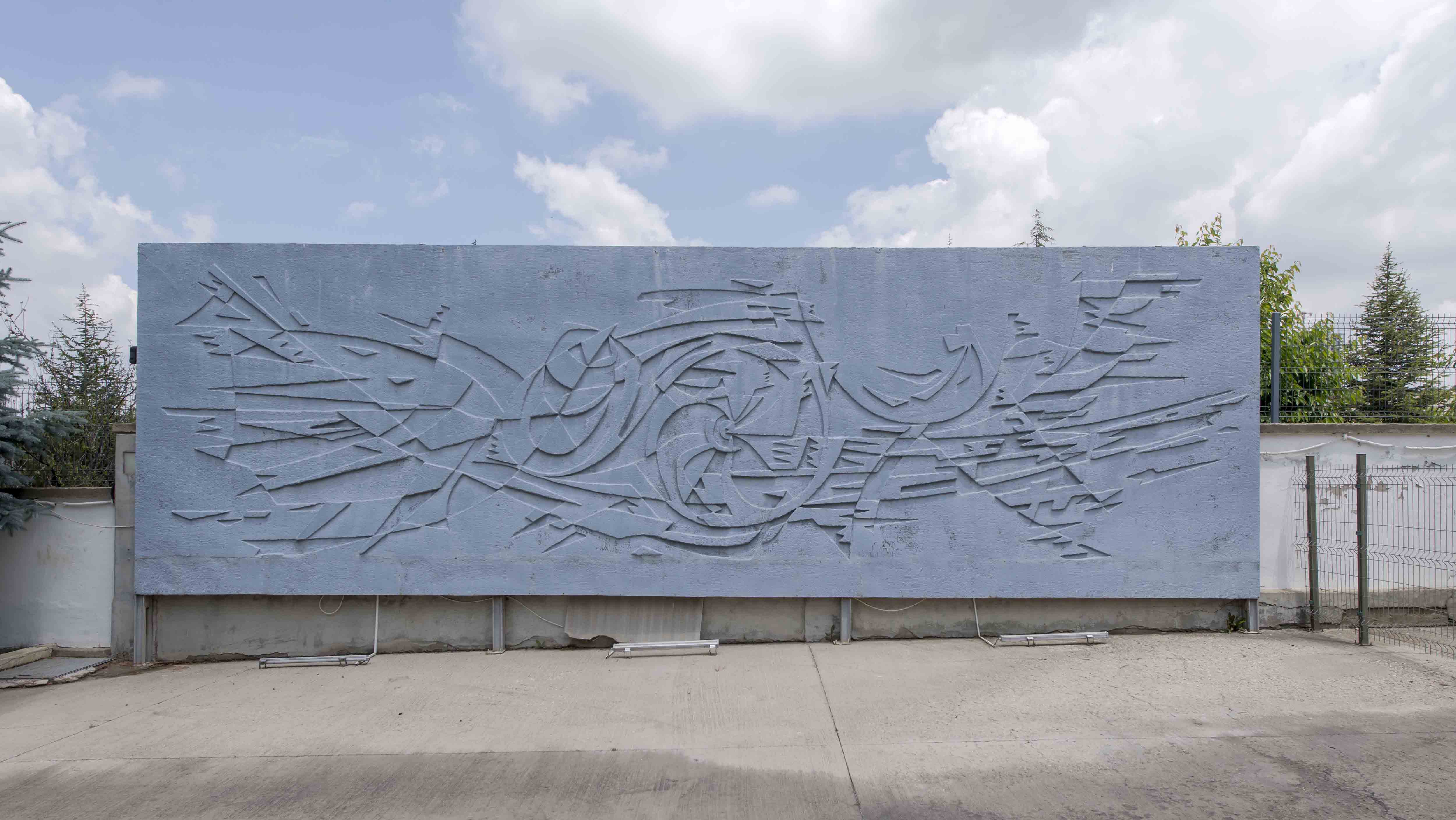
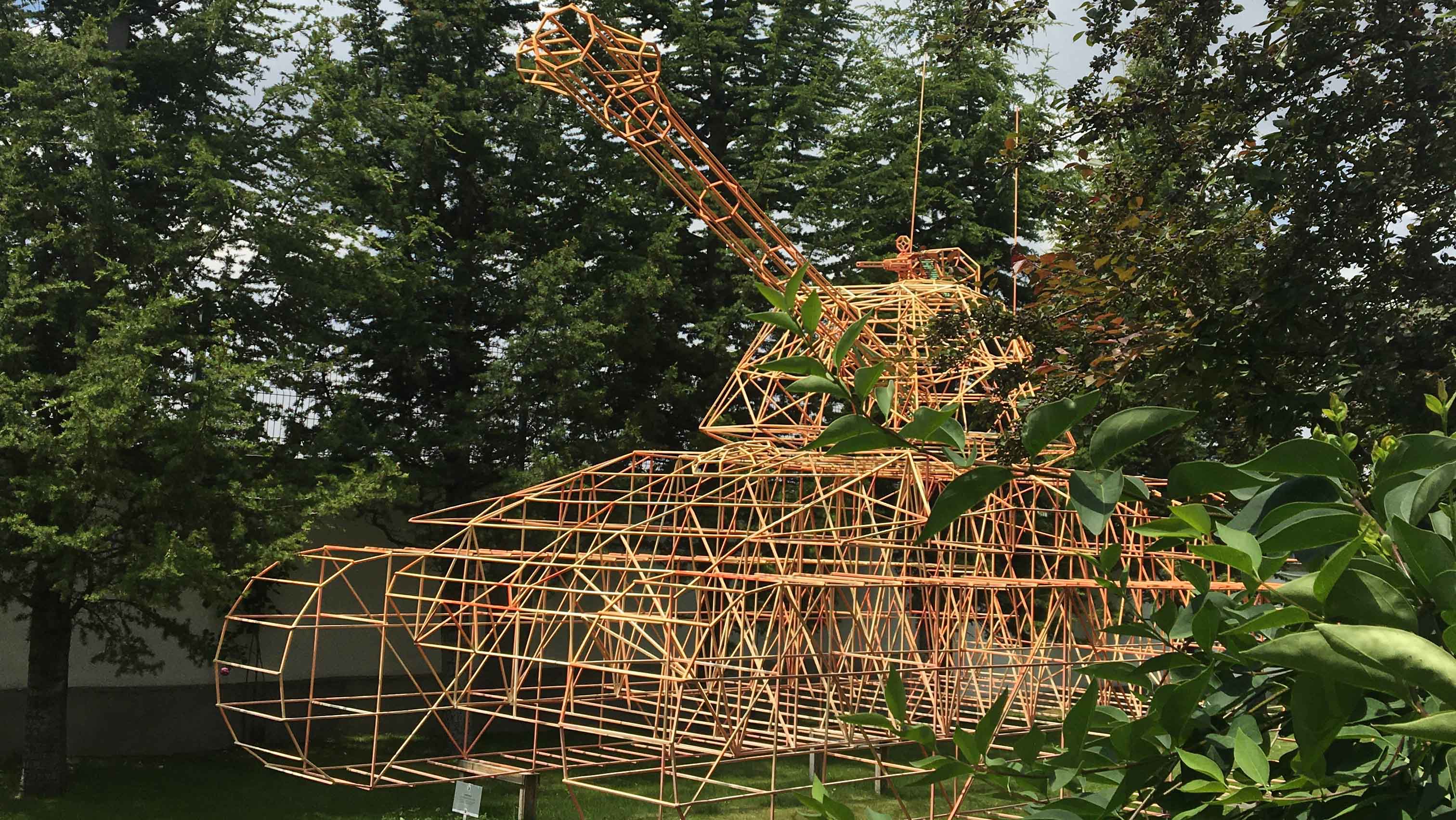
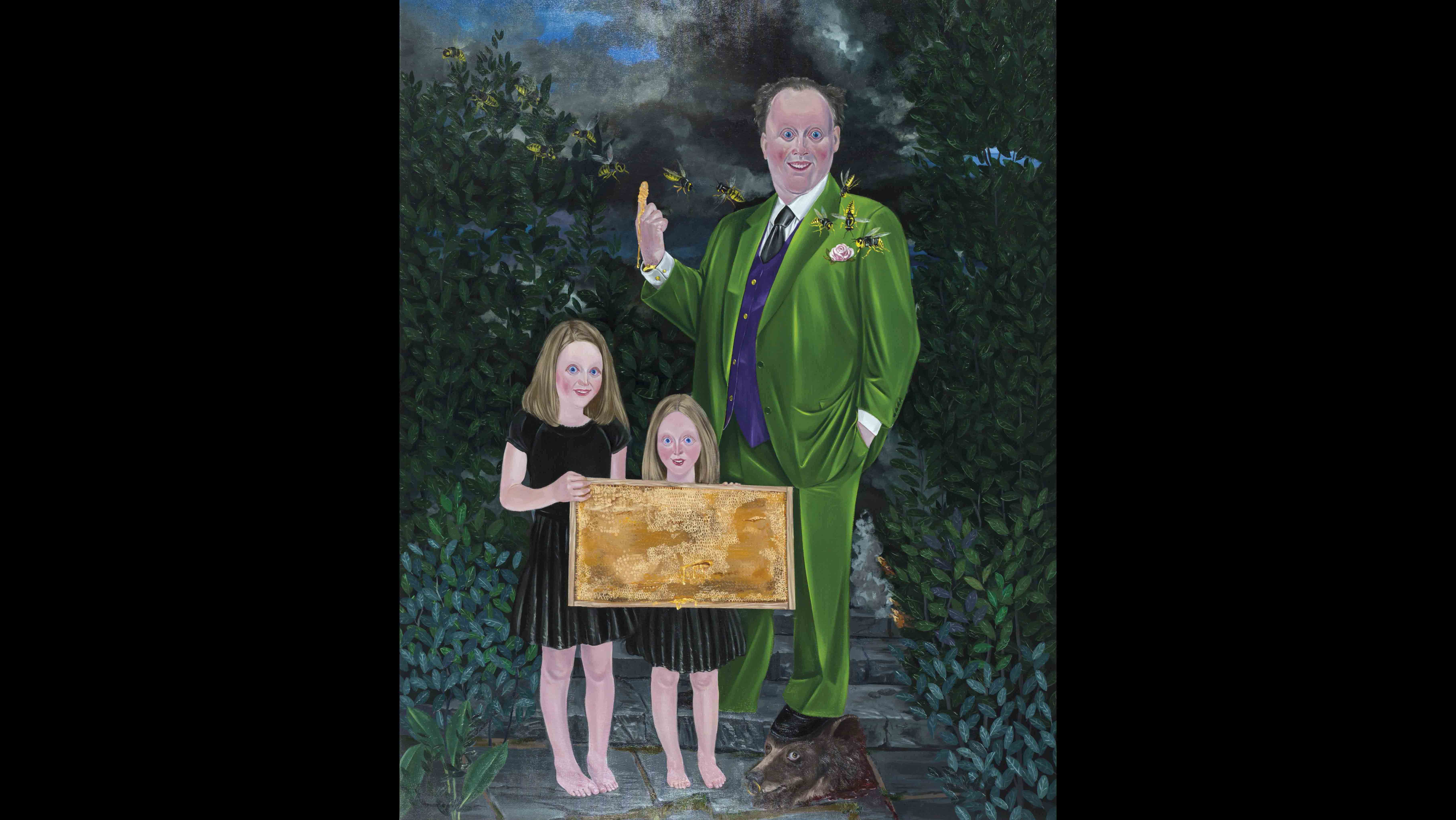
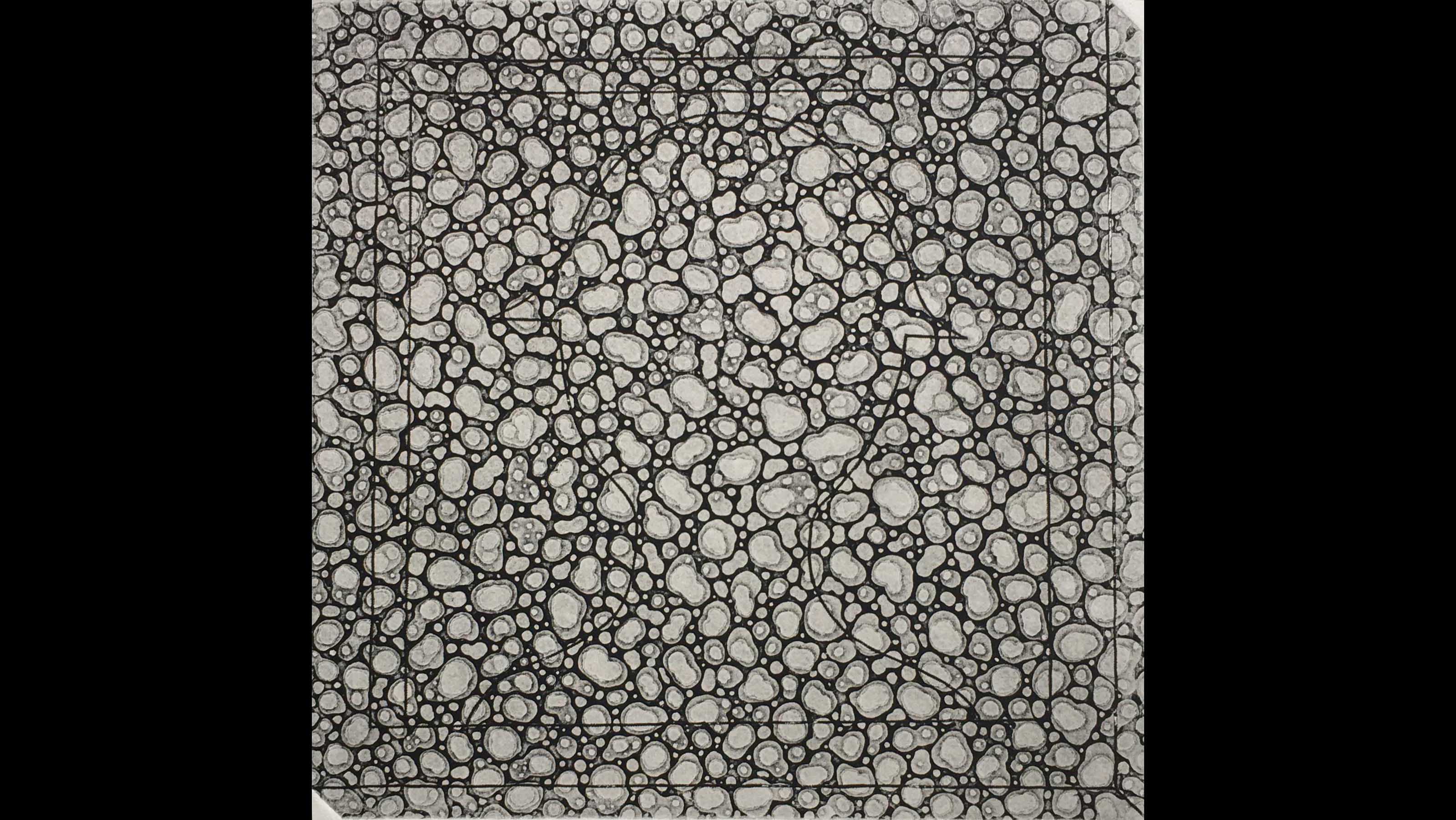
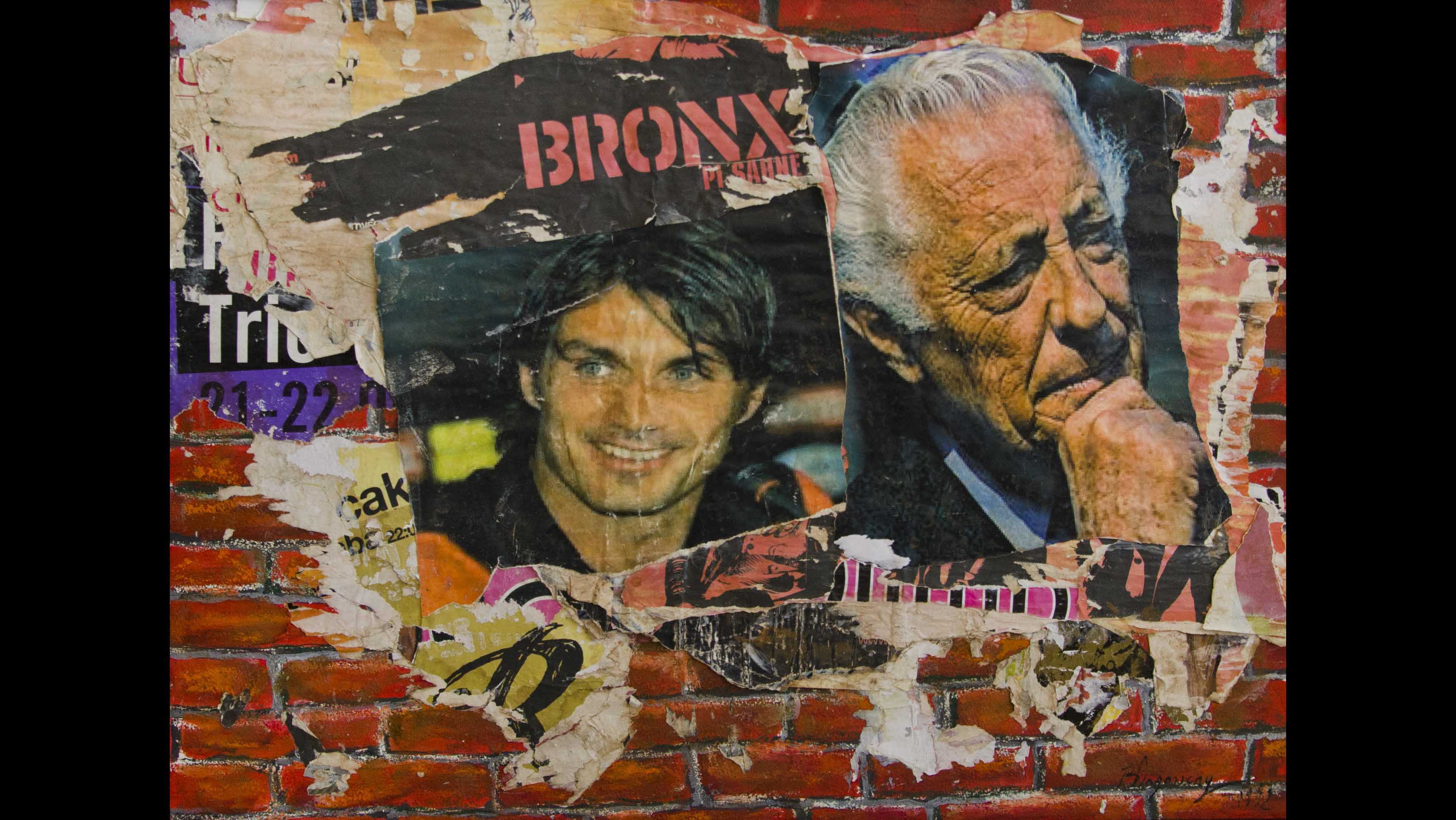
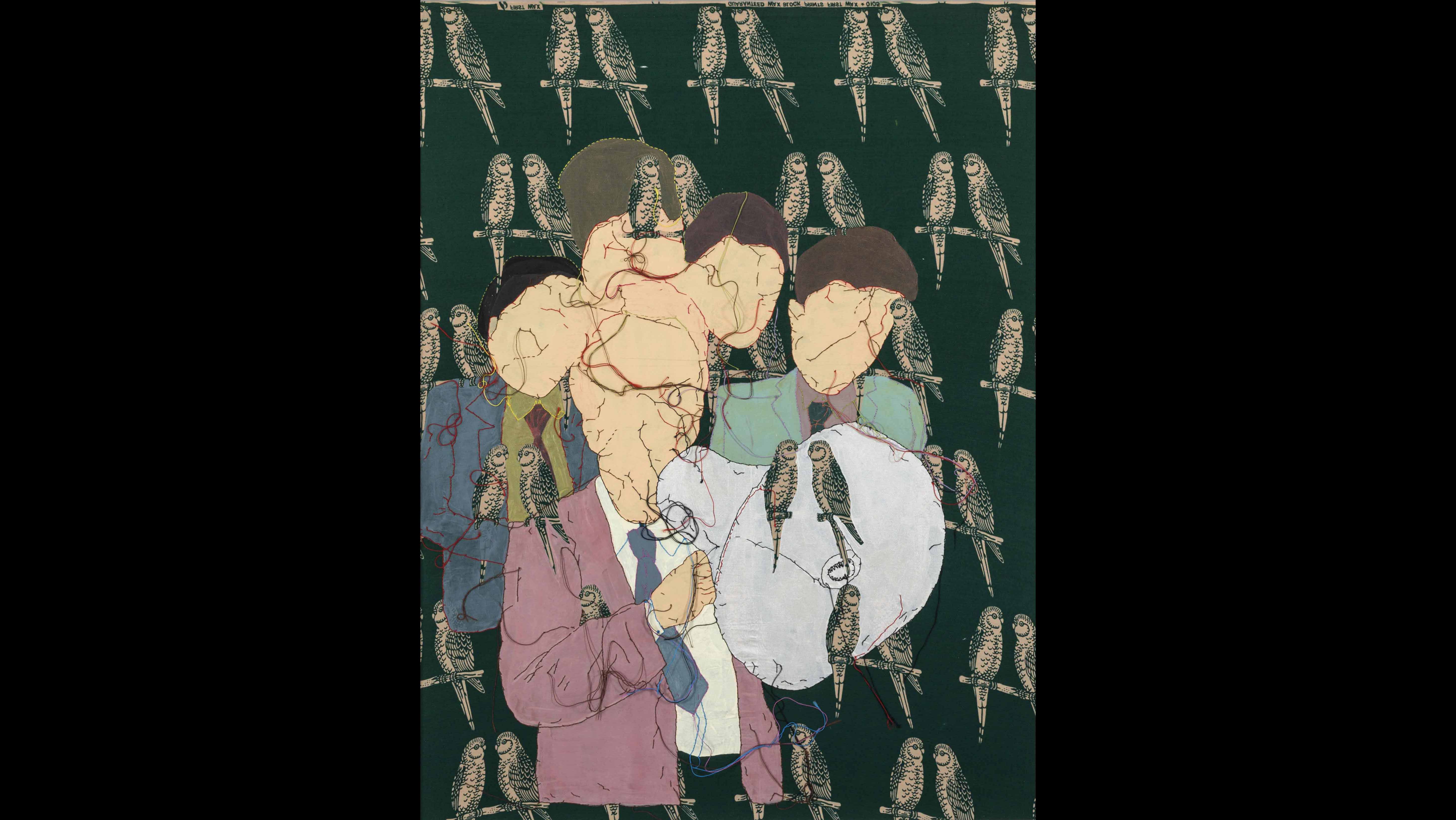
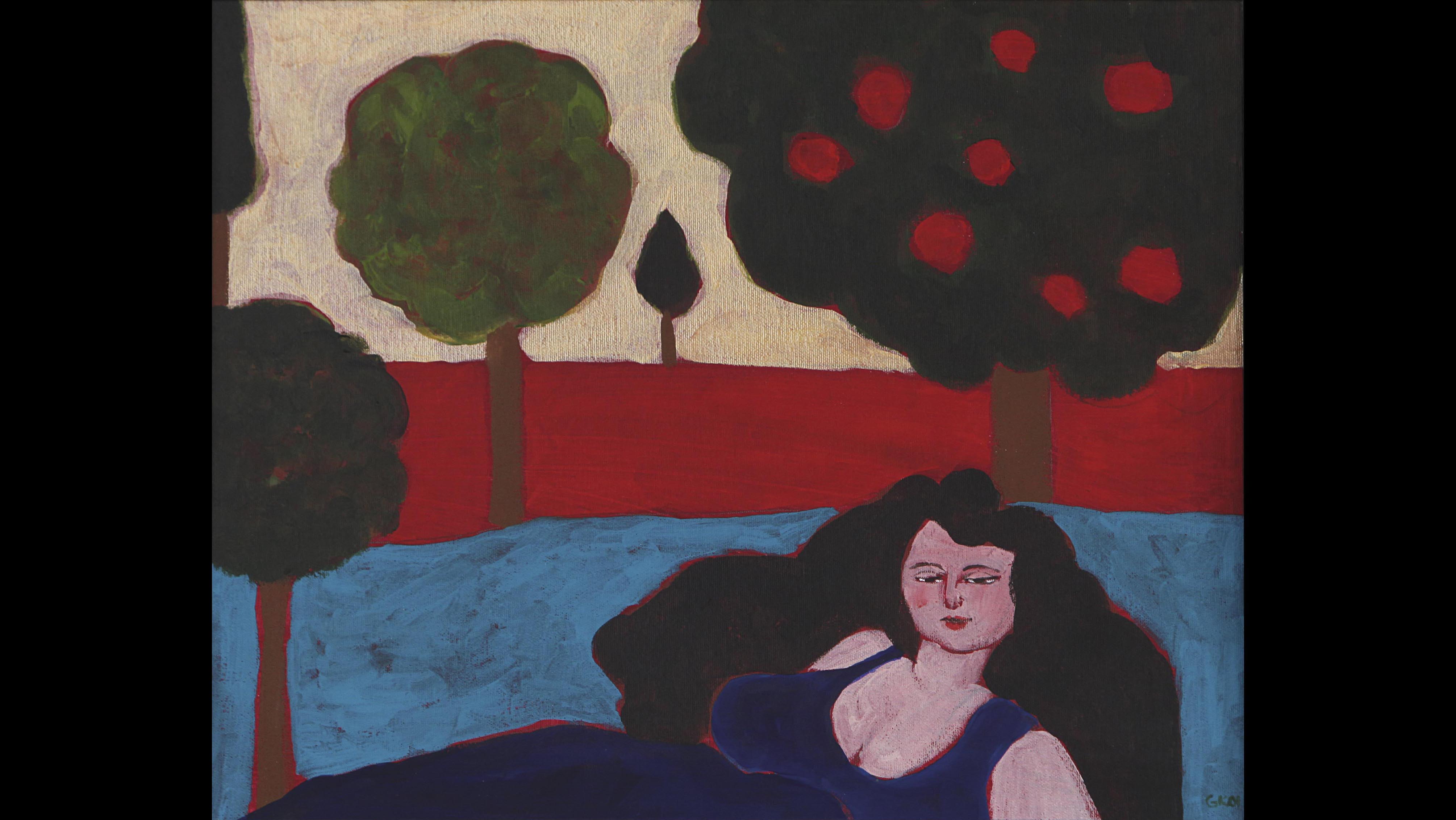
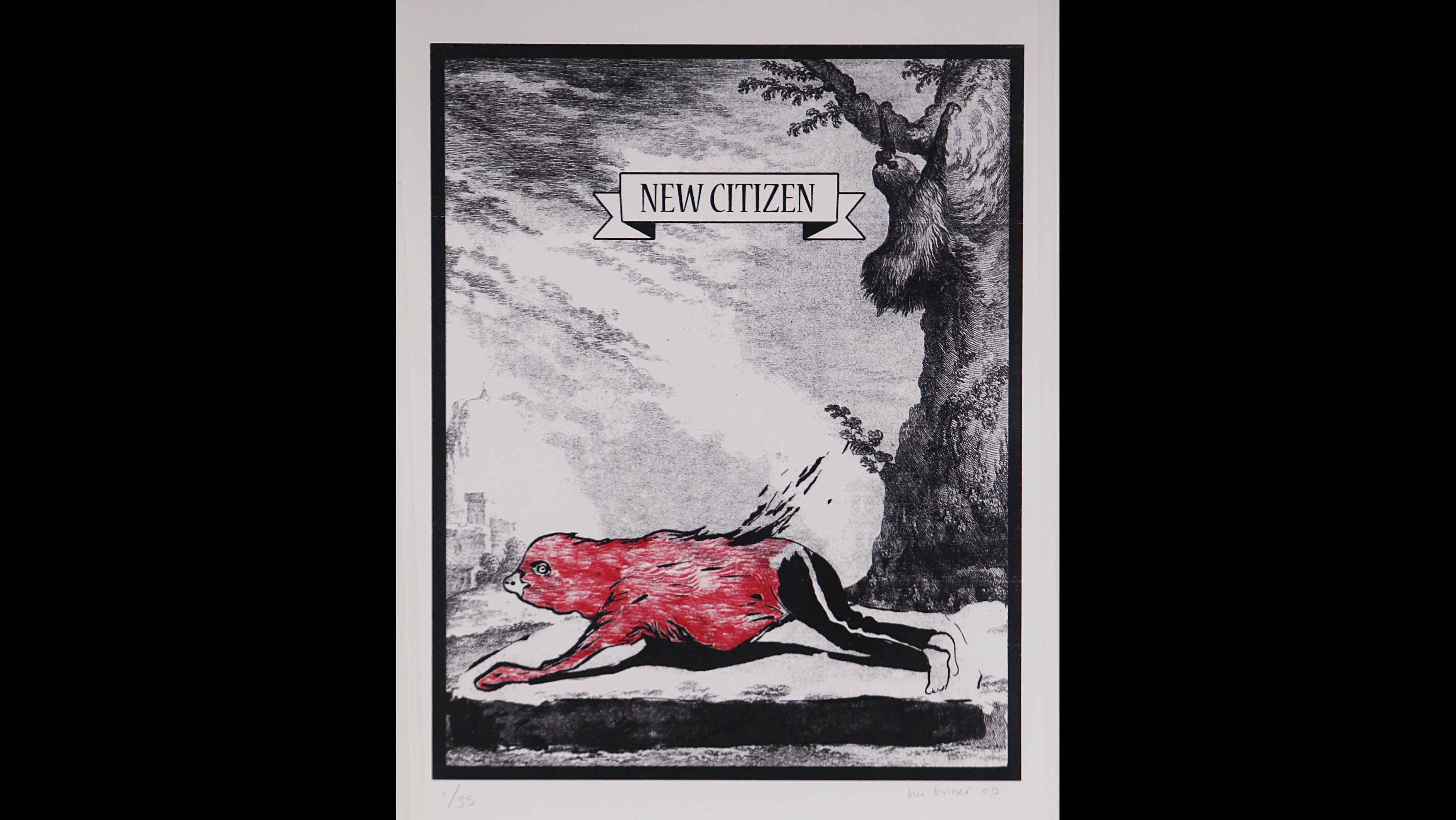
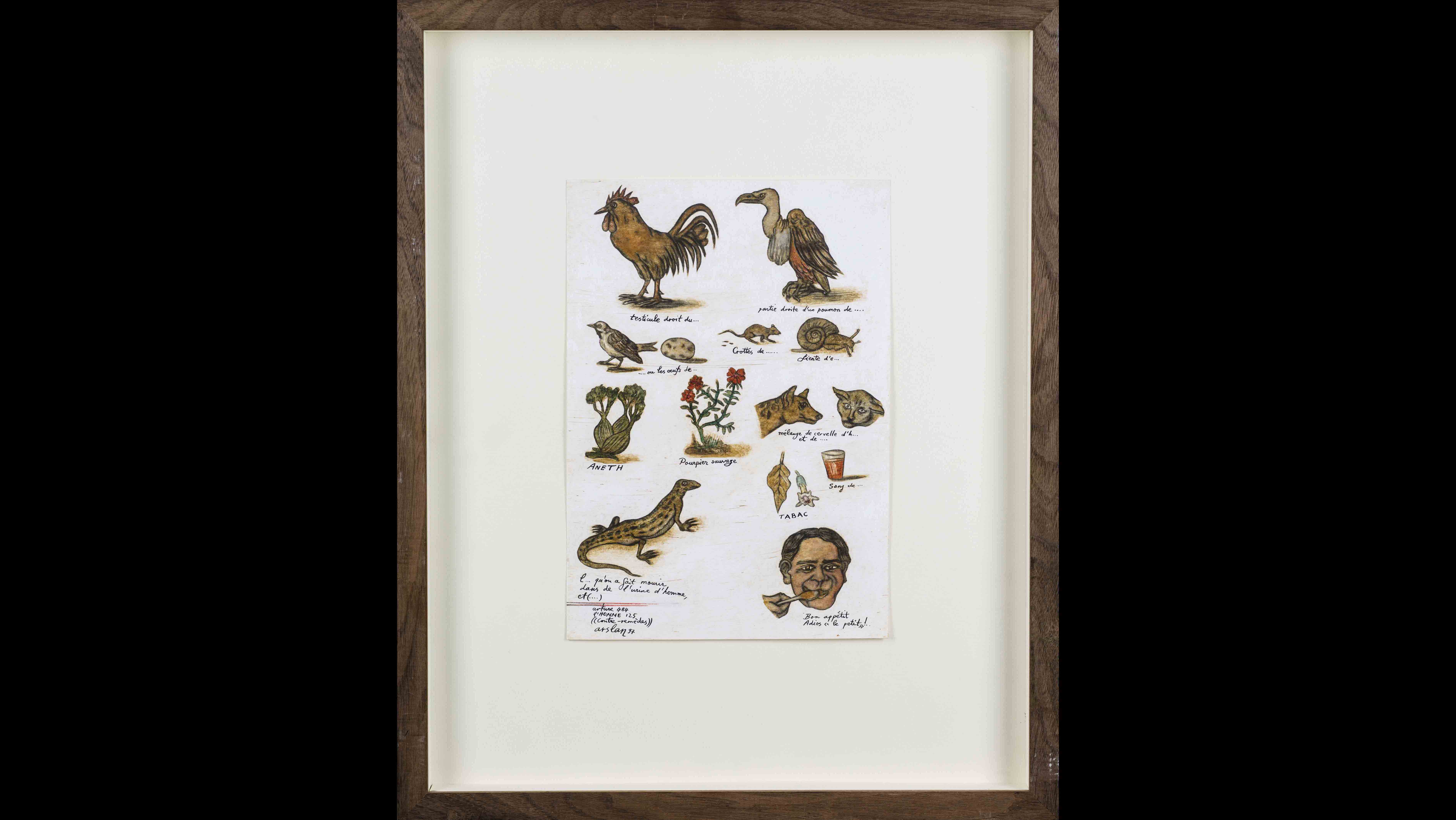
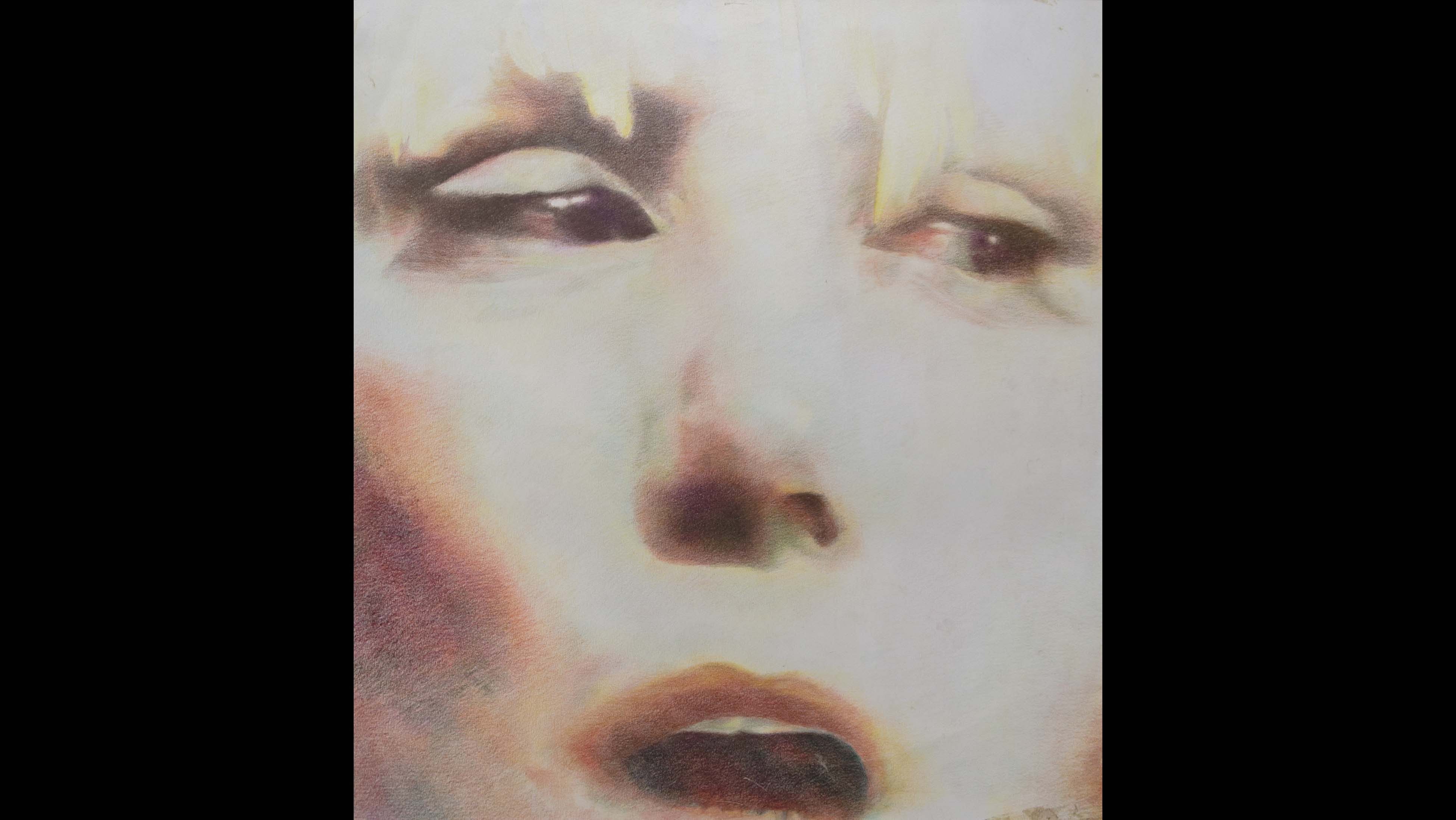
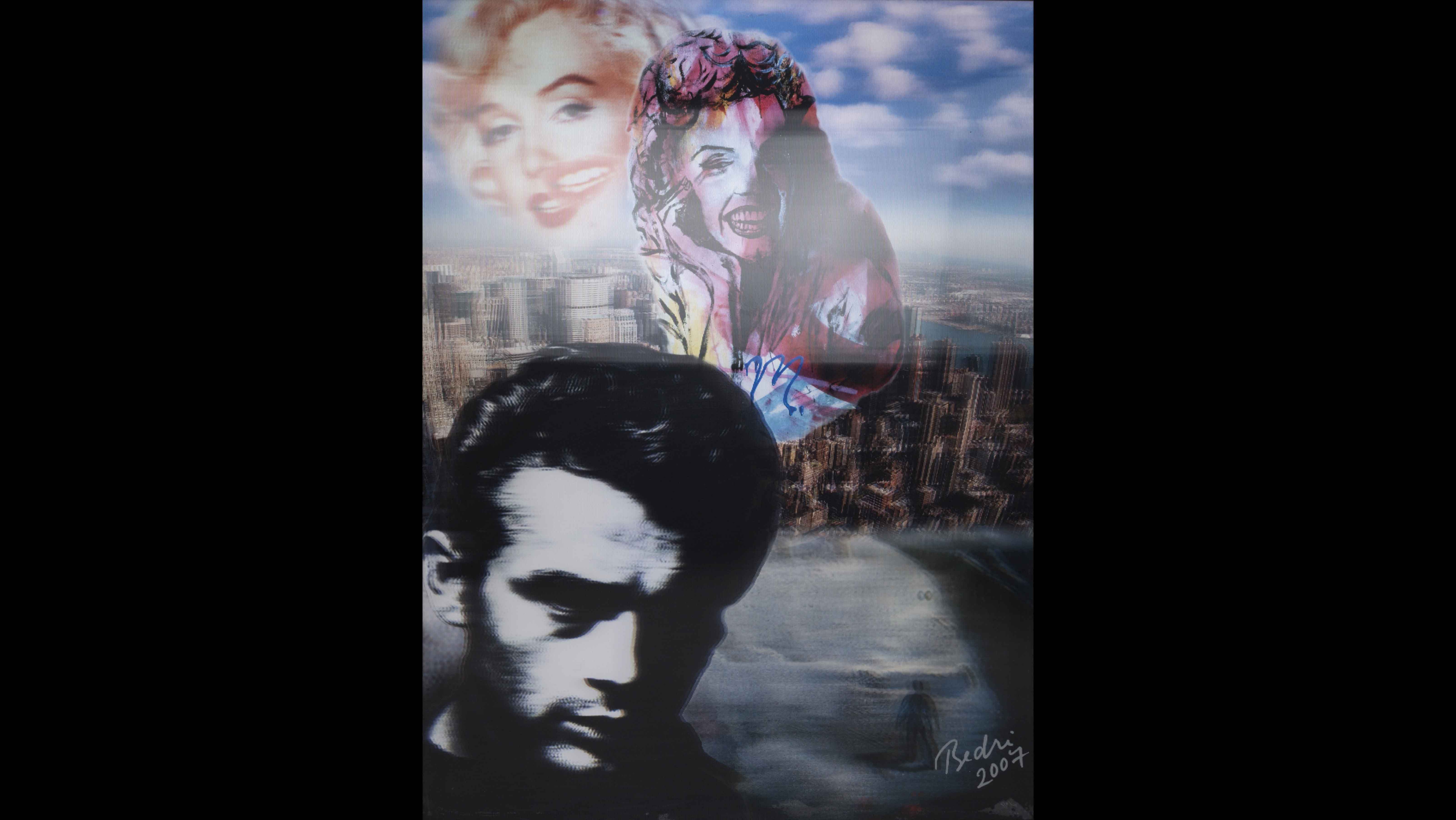
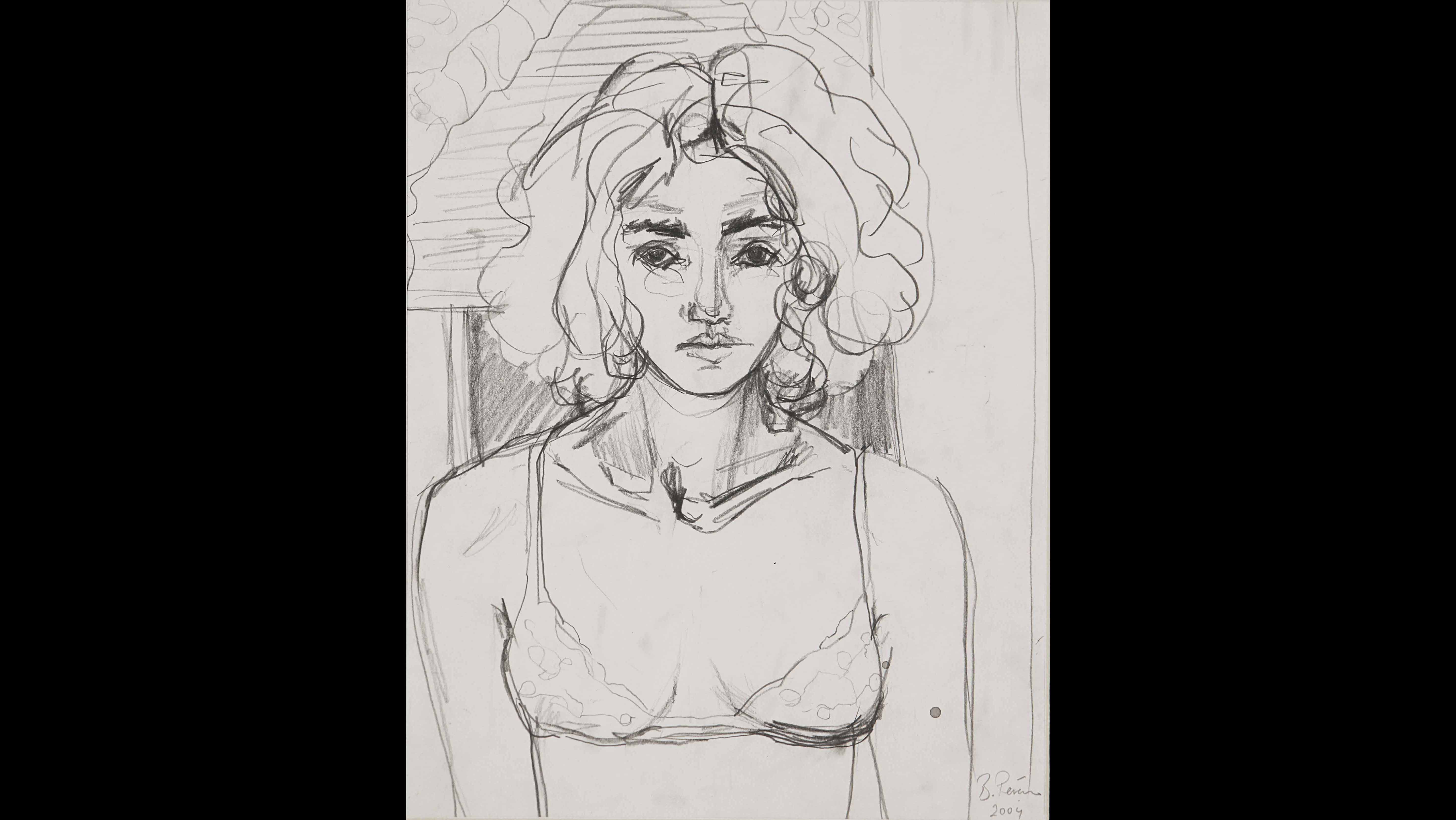
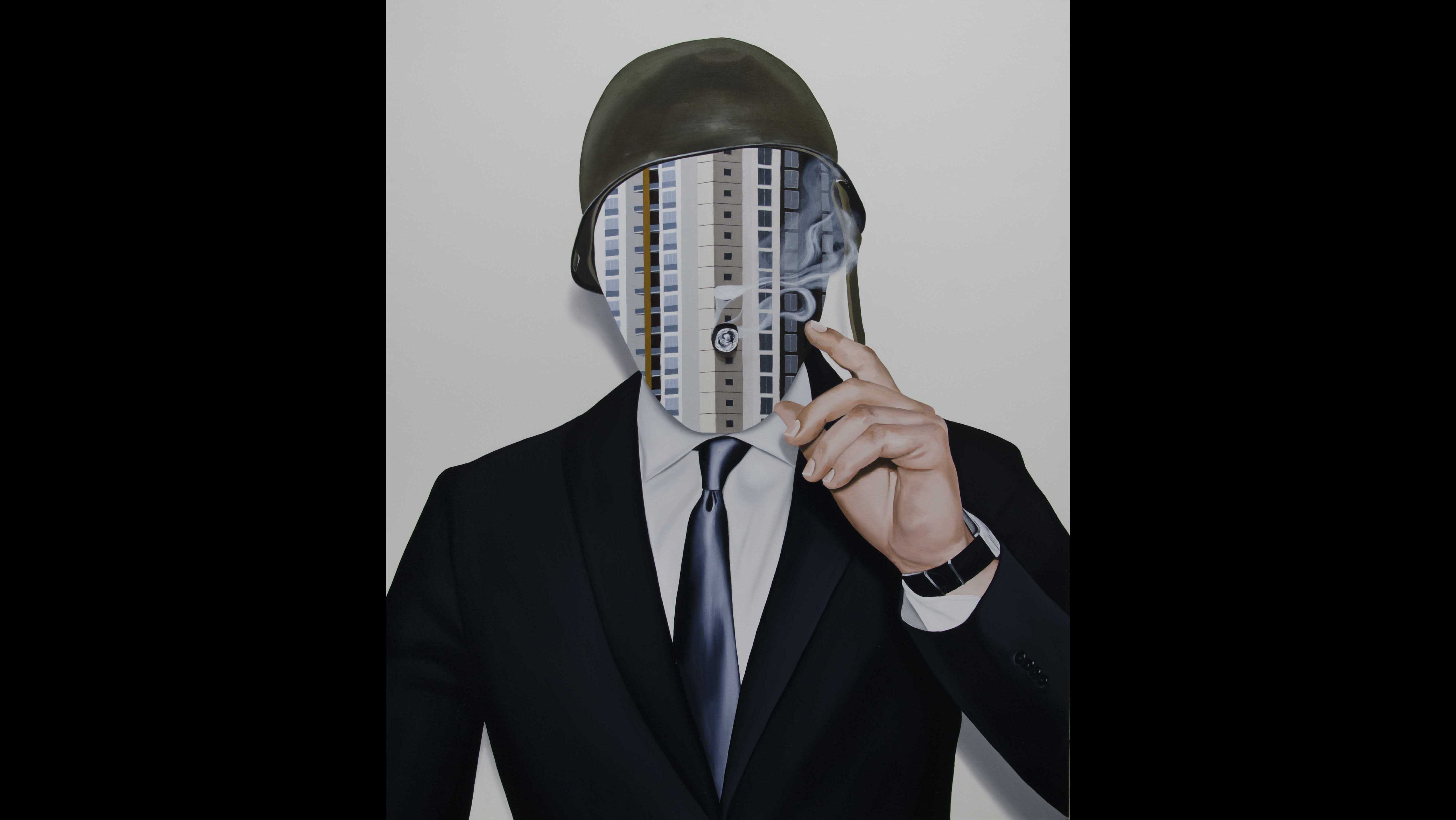
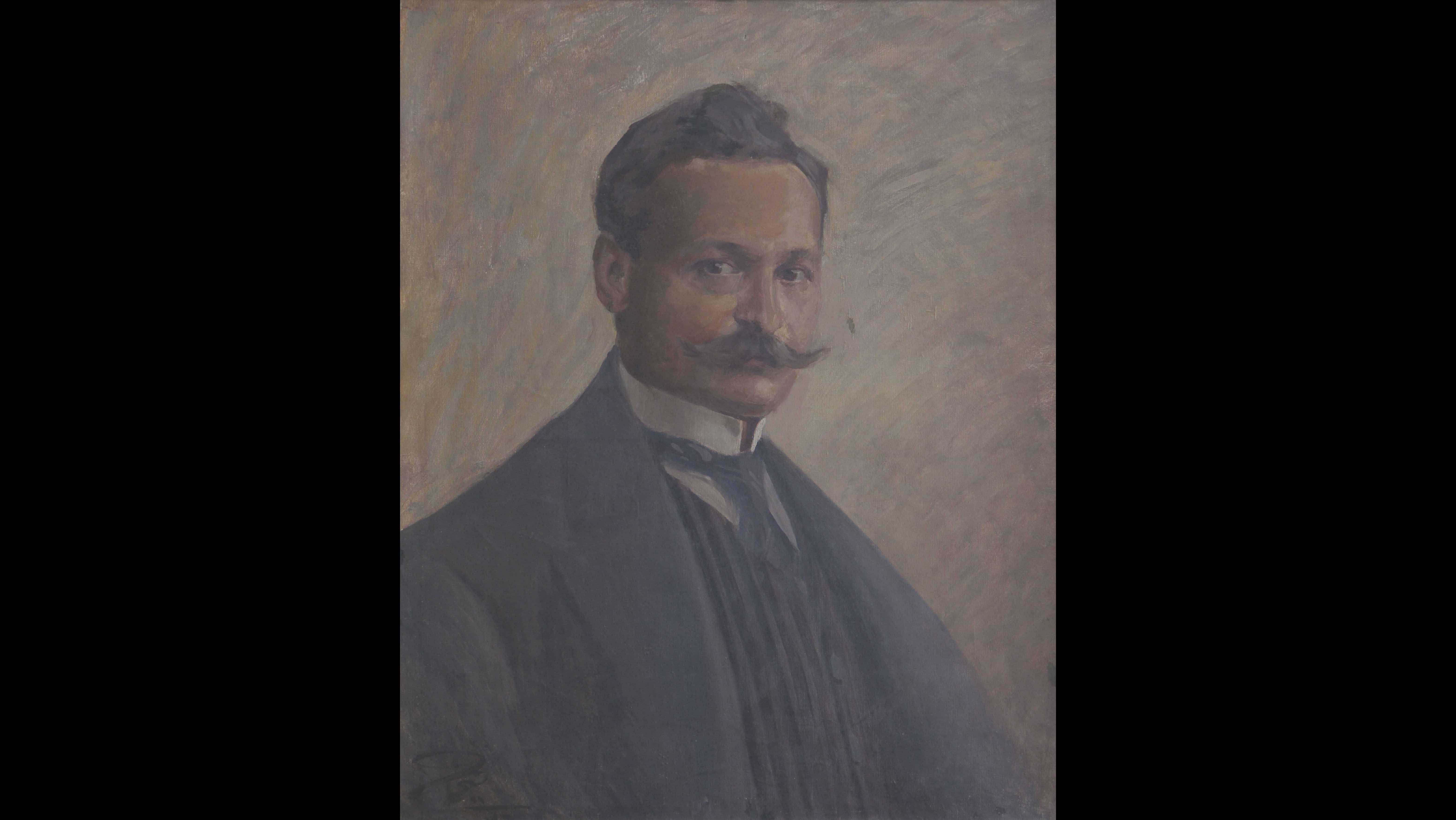
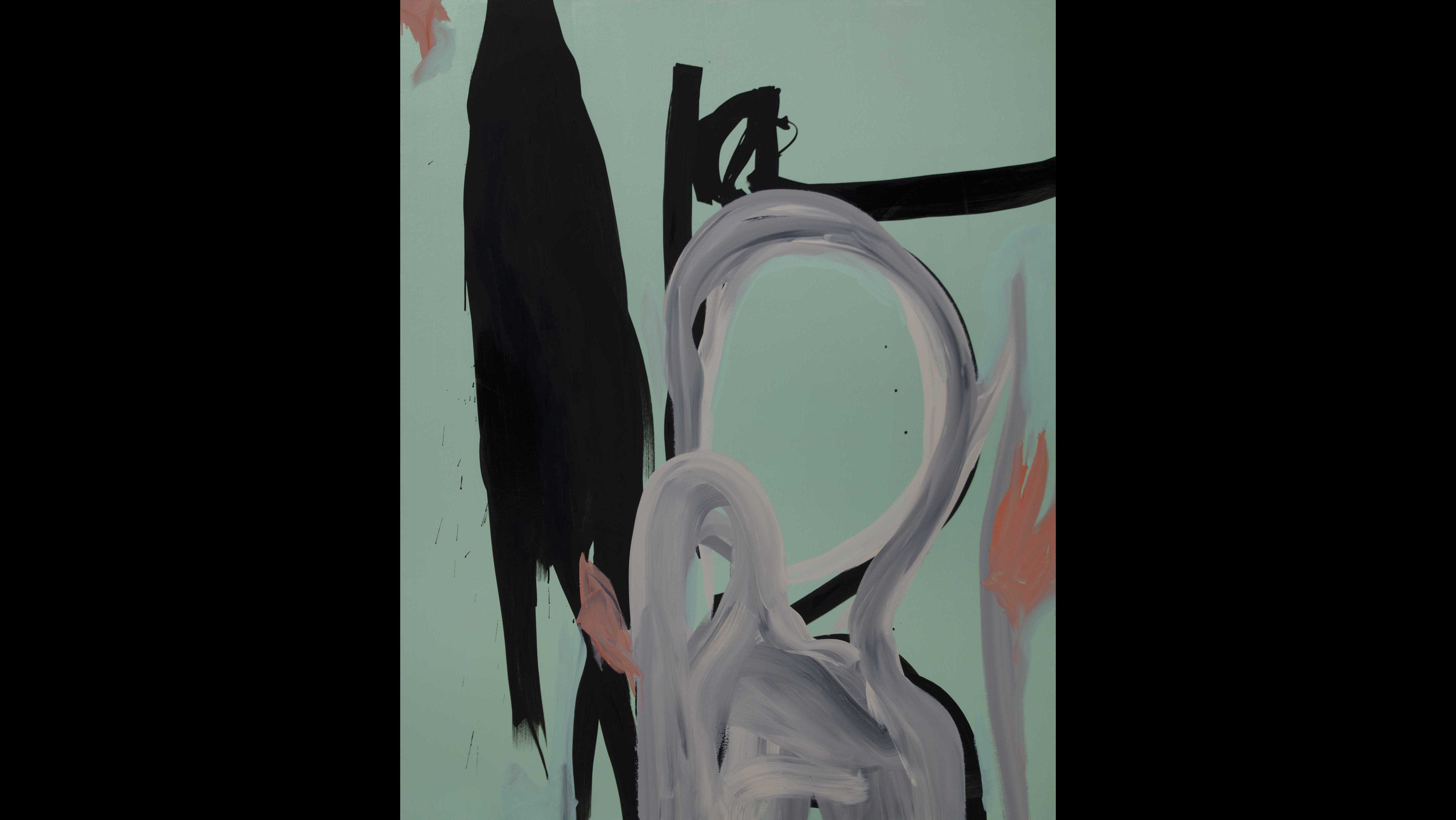
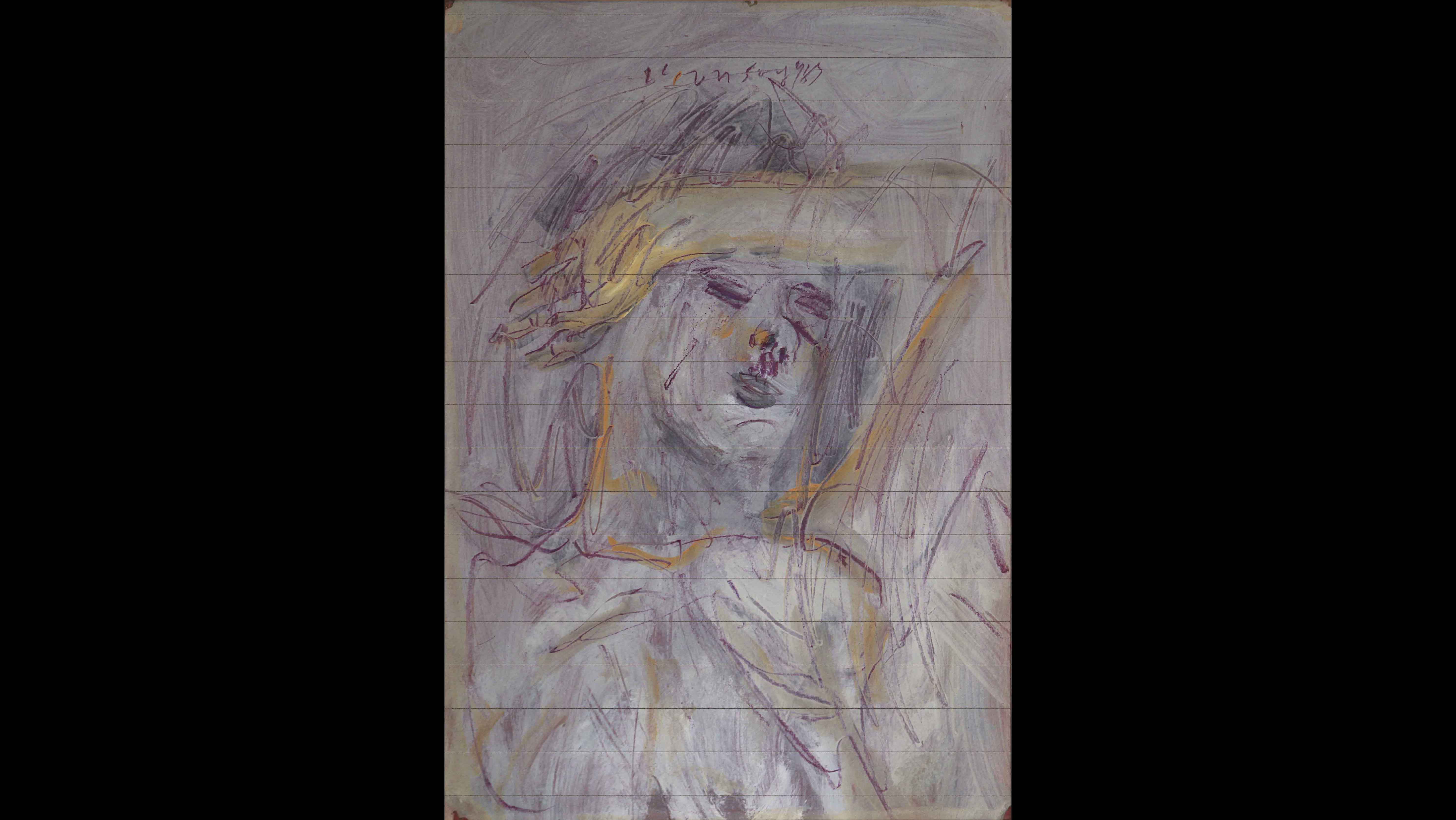
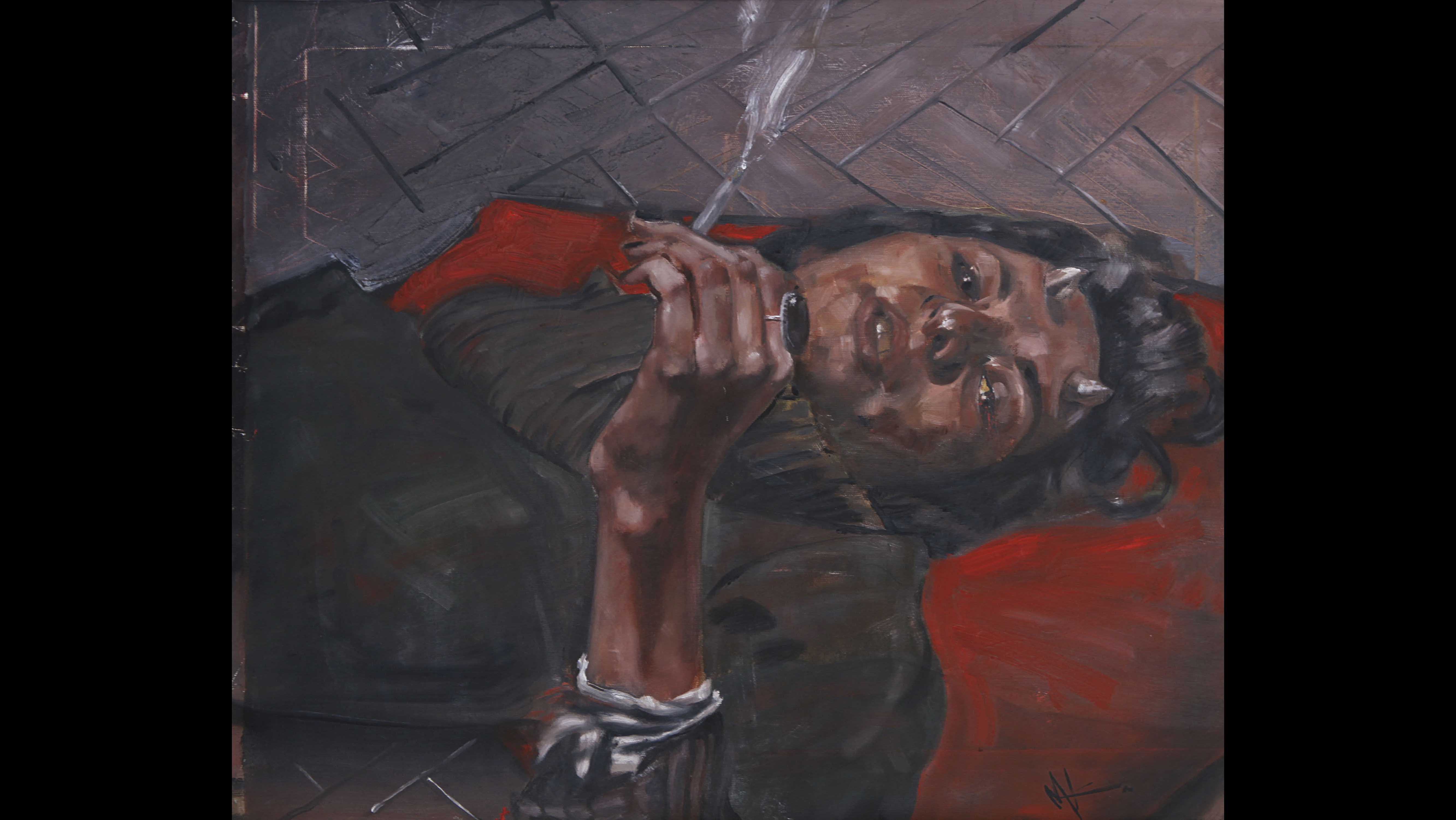
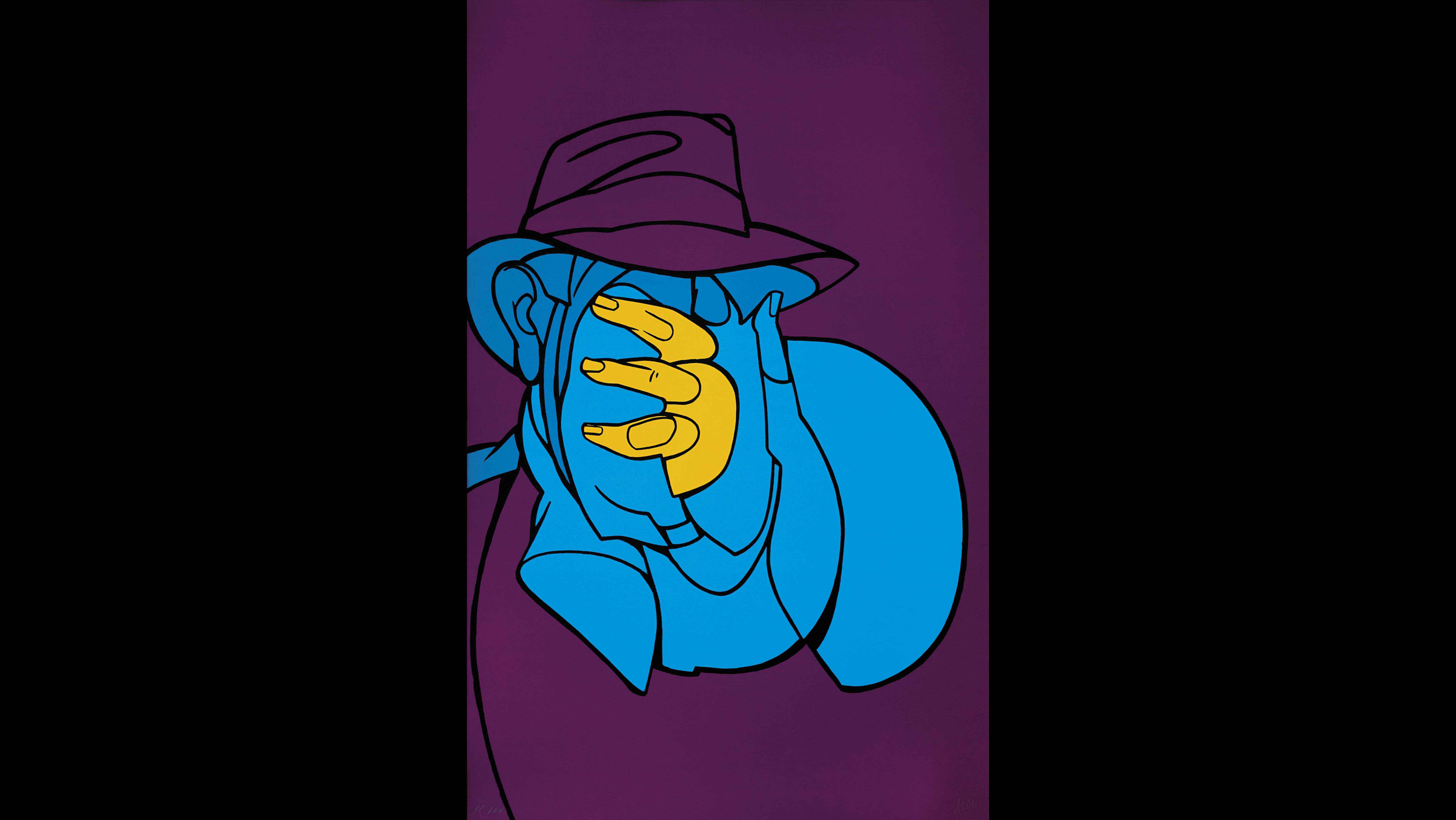
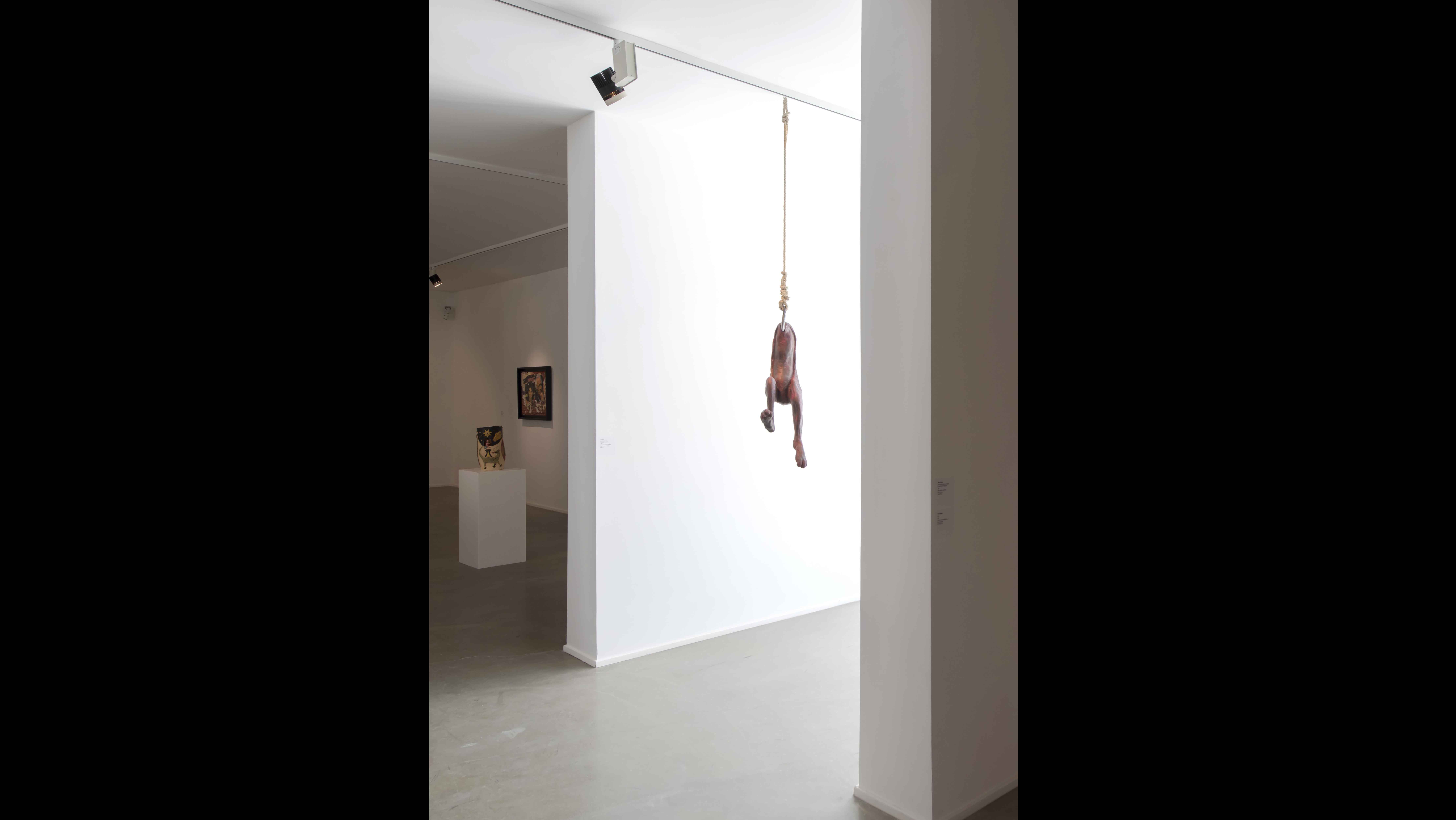




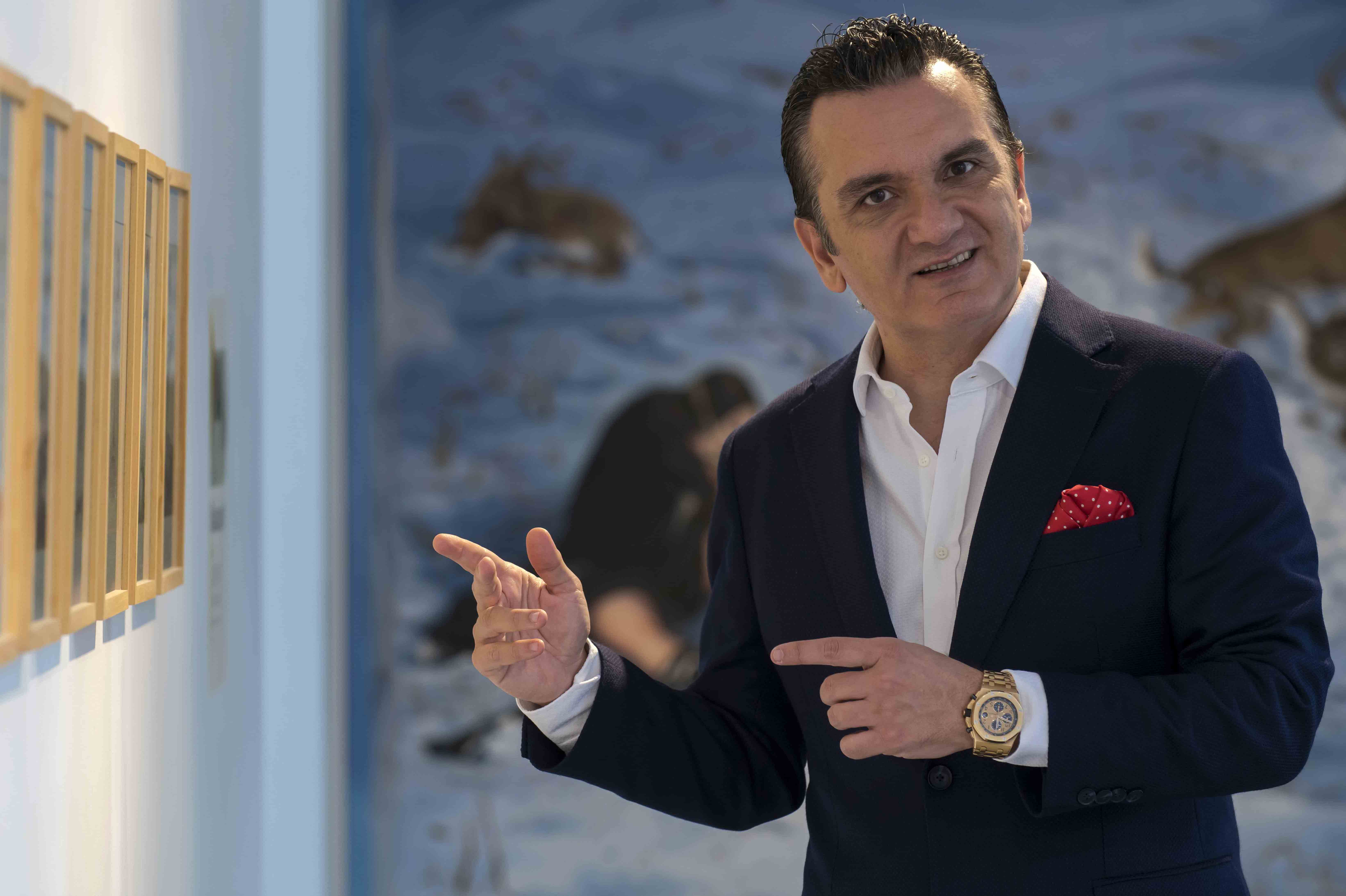
 UP
UP
